Rabbits are most comfortable in temperatures between 55 to 70 degrees Fahrenheit. Once the mercury rises into the 80s, rabbits are at risk of developing heat stress. For pet owners, preventing heat-related problems is far easier—and safer—than trying to treat heat stroke after it sets in.
Click Here For a Guide to Understanding Your Rabbits Diet.

Whether your bunny lives indoors or outside, having a plan for summer heat can make all the difference in their health and comfort. Below, we'll look at practical ways to keep your rabbit cool, recognize heat stress, and what to do if it strikes. We’ll also link you to essential resources like our Hay Is for Rabbits guide to help you protect your bunny all summer long.
Keeping Your Rabbit Comfortable as the Weather Heats Up
It's easy to overlook heat as a threat, especially for animals that don't pant or sweat in ways we expect. Rabbits regulate their body temperature mainly through their ears and need a cool environment to stay safe. A rabbit can overheat quickly, especially if left in direct sun or a warm, enclosed space.
Here are proven ways to reduce the risk and keep your rabbit safe this summer:
Keep your rabbit out of direct sunlight. Indoor rabbits should never have their cage or pen near a sunny window, even if the air conditioning is on. The sun's rays through glass can heat things fast. Instead, choose a spot that remains shaded throughout the day. For outdoor rabbits, keep hutches beneath trees or create shade using awnings, tarps, or patio umbrellas.
Make fresh water easy to access. Always fill your rabbit's bowl or bottle with plenty of clean, cool water before leaving the house. It's wise to have both a bottle and a dish available. That way, if one spills or tips, your rabbit still has access to hydration.
Use frozen bottles as bunny coolers. Take a few plastic water bottles, fill them with water, and freeze them. Once frozen, place them inside the hutch or enclosure. Your rabbit can lay against the chilled surface to cool down. Swap them out as they thaw during the day.
Cool the room with airflow—but carefully. A fan can help circulate air, but never point it directly at your rabbit. Instead, angle it across the room to move cool air gently. If you're not running the AC while you're out, try DIY cooling systems made with frozen bottles and fans that can create a budget-friendly breeze.
Cooling Rabbits in Summer: Smart and Safe Solutions
As temperatures rise, understanding the proper methods for cooling rabbits in summer becomes even more important. Rabbits can't sweat, and panting doesn't help them lower their body temperature. That's why your role in creating a safe environment is so vital.
Provide chilled resting spots. Ceramic tiles work exceptionally well in warm weather. They stay cooler than plastic or wood surfaces. Place them in the freezer for 15–20 minutes before setting them in your rabbit's cage for an extra cooling effect. Your rabbit will love lying against them on hot days. One creative hutch upgrade using ceramic tile floors is shown in Step #4 of this helpful summer care guide.
Keep your rabbit’s coat in check. Grooming makes a bigger difference in the heat than you might expect. A rabbit with a shedding coat or mats may hold in extra warmth. Daily brushing during summer can remove excess fur and prevent your rabbit from overheating. For breeds with thicker coats, this is even more critical.
Use fresh, damp greens to boost hydration. Washing your rabbit's vegetables and leaving them wet when served can provide added moisture. It's not a replacement for drinking water but a helpful trick to sneak in more hydration—especially for picky drinkers.
Bring your rabbit inside during extreme heat. If temperatures spike into the 90s, don’t take risks. Move outdoor rabbits into a cool garage, laundry room, or basement. Just ensure the space is free of hazards, and they still have access to food, water, and enrichment.
As you test different cooling methods, observe how your rabbit responds. If they gravitate toward frozen bottles or lie on ceramic tiles more often, you'll know what's working. Adjust their setup accordingly.
What to Watch For: Heat Stroke in Rabbits
Even with every precaution, it's still important to know what rabbit heat stroke looks like. Recognizing the early warning signs gives you a better chance to act fast before it turns dangerous. Rabbits in distress will often lie still with their legs outstretched, breathe rapidly, or seem disoriented. If your rabbit feels hot to the touch, especially around the ears, don't wait.
Take immediate action and call your vet. For a complete list of heat stroke symptoms, visit this rabbit overheating resource from The Rabbit Haven.
Never dunk your rabbit in cold water. A sudden temperature change could send them into shock. Instead, gently apply a cool, damp cloth to their ears, which is one of the most efficient spots to help them release body heat.
Use a fan and a damp towel together. Place a lightly damp towel over their cage or resting area and run a fan in the room—not directly on the rabbit, but nearby. This method can help lower the ambient temperature without creating discomfort.
If your rabbit stops eating, appears lethargic, or struggles to keep their balance, don't assume they'll "cool off on their own." Time is critical. Transport them to your vet immediately for professional care. Summer heat is one of the most preventable rabbit health hazards—but only if you catch the signs in time.
Using Hay and Hydration to Support Summer Health
Your rabbit's diet plays a major role in keeping them safe during hot weather. Timothy Hay, in particular, is essential year-round but becomes even more critical in summer. Why? Because it supports digestion, encourages hydration, and keeps their gut moving when heat might otherwise slow things down.

Rabbits need to eat hay constantly—ideally making up 80% of their diet. In hot weather, digestive issues like GI stasis become more common. Feeding high-fiber hay keeps their system moving and prevents dangerous slowdowns. We recommend always keeping fresh, clean hay available in large amounts.
To maximize water intake, follow this tip: sprinkle a small amount of water on their hay or mix fresh, damp herbs like basil, cilantro, or dill into their usual greens. This simple trick can help get extra moisture into their diet without disrupting their routine. If you're unsure which hay is best, download our free Hay is for Rabbits eBook. It breaks down the differences between varieties so you can match your rabbit's needs exactly.
Summer Housing Tips for Cooling Rabbits in Summer
If your rabbit lives outside, you'll need to monitor not just the temperature but the setup of their housing. A poorly ventilated or sun-exposed hutch can become dangerously warm during hot weather. Choose materials that don't trap heat—wood, and wire tend to stay cooler than plastic. Keep the roof insulated and use reflective materials or shade cloth to block sun exposure.
Inside the hutch or pen, ensure room for airflow. Avoid piling in too much bedding. Use fewer layers of fleece or blankets and switch to options that breathe, like straw or paper-based bedding. These can still absorb moisture without adding insulation.
Here's a quick checklist for summer hutch safety:
Shade the entire structure using a tarp, umbrella, or natural cover
Leave one side open with mesh for ventilation and airflow
Add ceramic tiles or frozen bottles for cooling zones
Check water supply twice a day—bottles can heat up fast in the sun
If you're away for more than a few hours, ask a trusted neighbor or friend to check-in. Heat-related emergencies can happen quickly and should never be left to chance.
When Summer Heat Creates Risk for Fly Strike
Another hot-weather risk that's often overlooked is fly strike. This serious condition occurs when flies lay eggs in damp fur or wounds, typically around the hindquarters. Once the larvae hatch, they begin to feed on the rabbit's flesh—a horrifying experience for any animal.
Fly strike is more common in summer when flies are active, and rabbits sweat less. A rabbit with soft stool or a dirty bottom is at greater risk, especially in outdoor environments. Keep your rabbit clean, and check their rear end daily. Brushing, trimming long fur, and spot-cleaning with a damp cloth can help reduce risk. For a full overview, read our article on preventing fly strike.
Helping Your Rabbit Enjoy Summer Safely
Summer doesn't have to be stressful. With some planning, awareness, and a few extra tools, you can create a space where your rabbit stays happy and healthy even in the heat. Focus on three priorities: shade, hydration, and airflow. These form the foundation for cooling rabbits in summer, no matter where they live.

Don't forget the importance of hay—especially Timothy Hay—as it helps support hydration and prevents sluggish digestion when bunnies are under heat stress. A rabbit that eats well, drinks water, and has a place to rest in the shade is much better equipped to beat the heat.
Key Takeaways for Summer Rabbit Care
Keep rabbits in shaded, well-ventilated spaces away from direct sunlight.
Offer fresh, clean water in bowls and bottles—ice can help cool things down.
Use ceramic tiles, frozen bottles, or damp greens to help with cooling rabbits in summer.
Be alert for signs of heat stroke and get veterinary help immediately if needed.
Keep rabbits groomed, check for signs of fly strike, and monitor their litter area.
Want to go even deeper? Learn how seasonal diet adjustments support your rabbit's health in every season by exploring our winter diet guide—because rabbits need care in all climates, not just the warm ones.

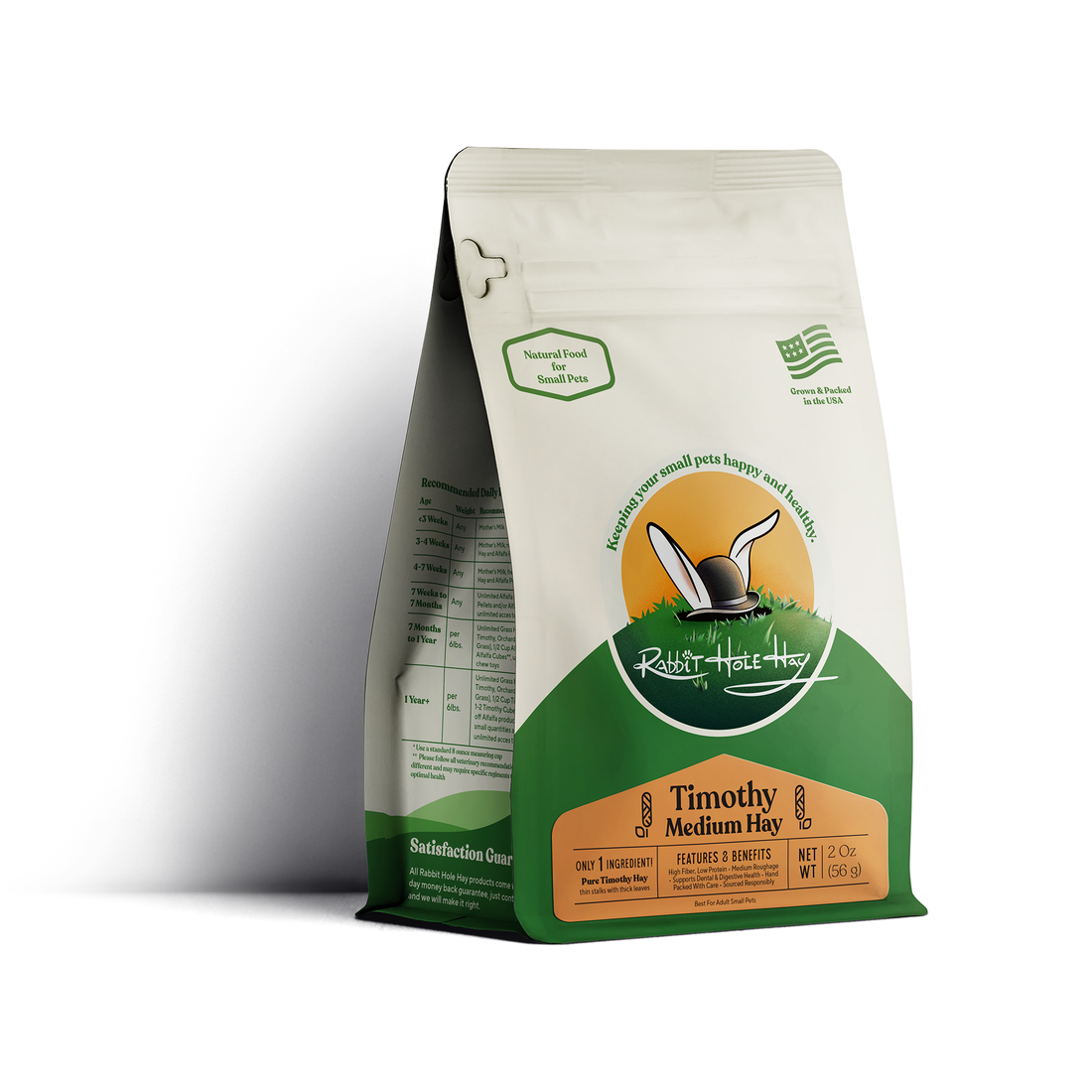

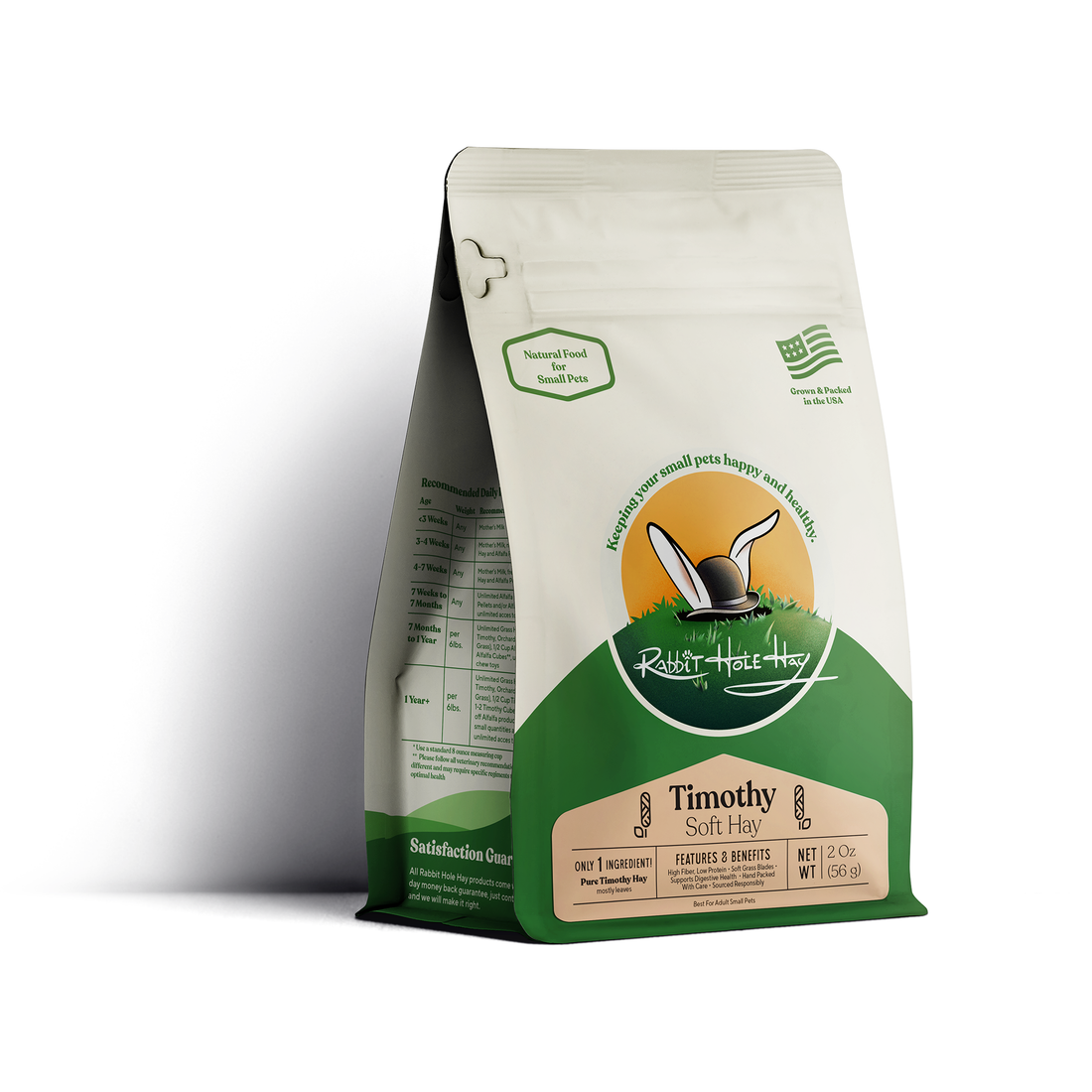

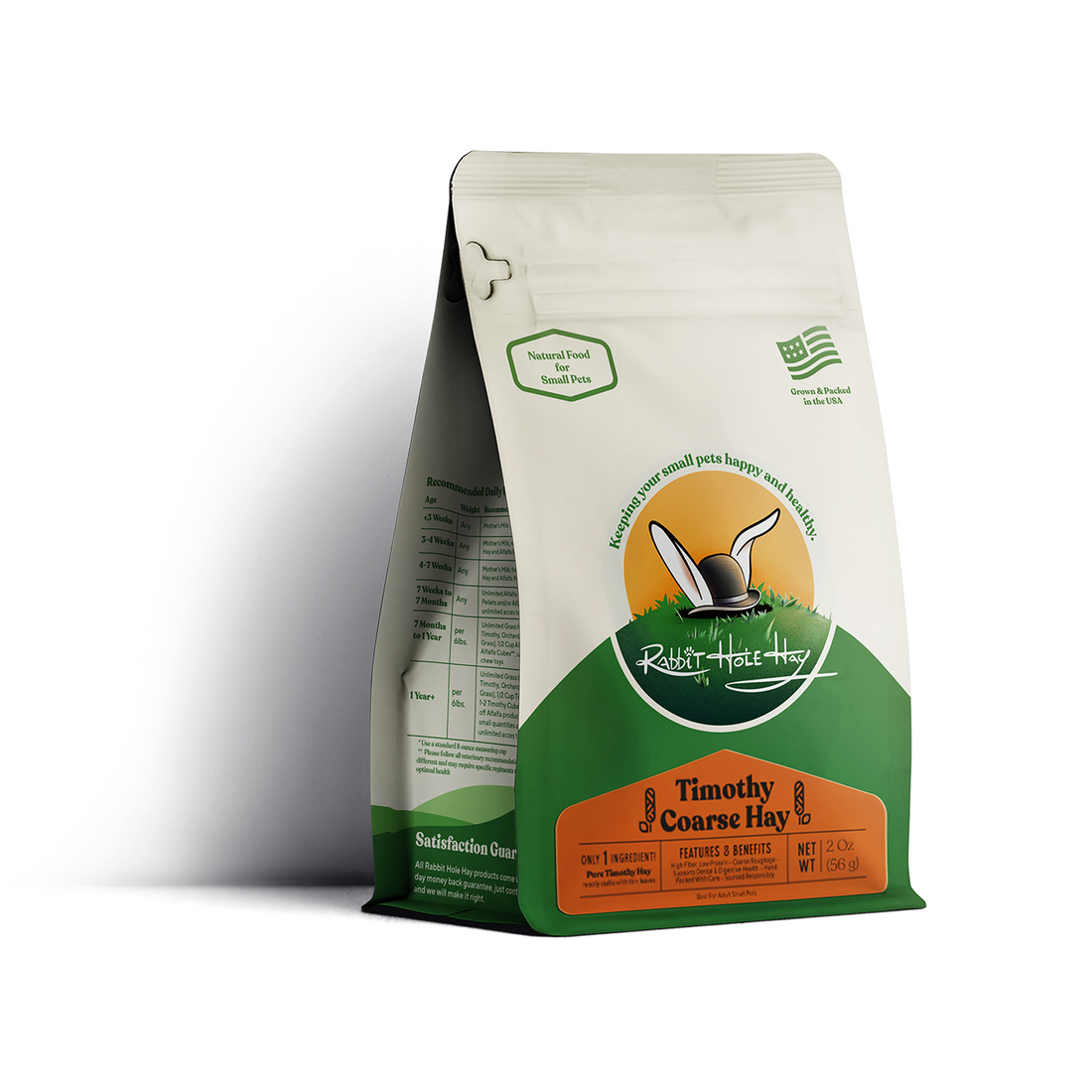

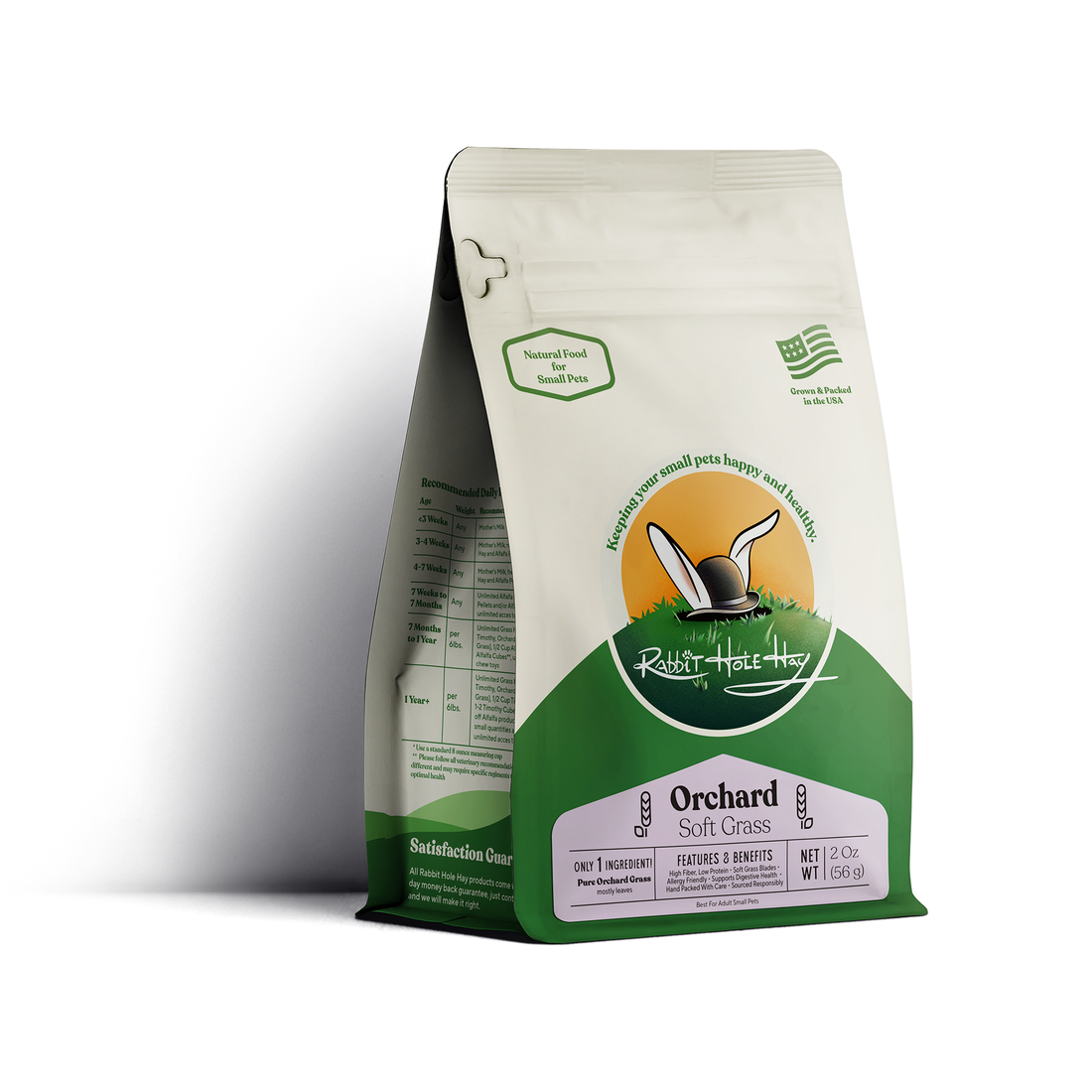
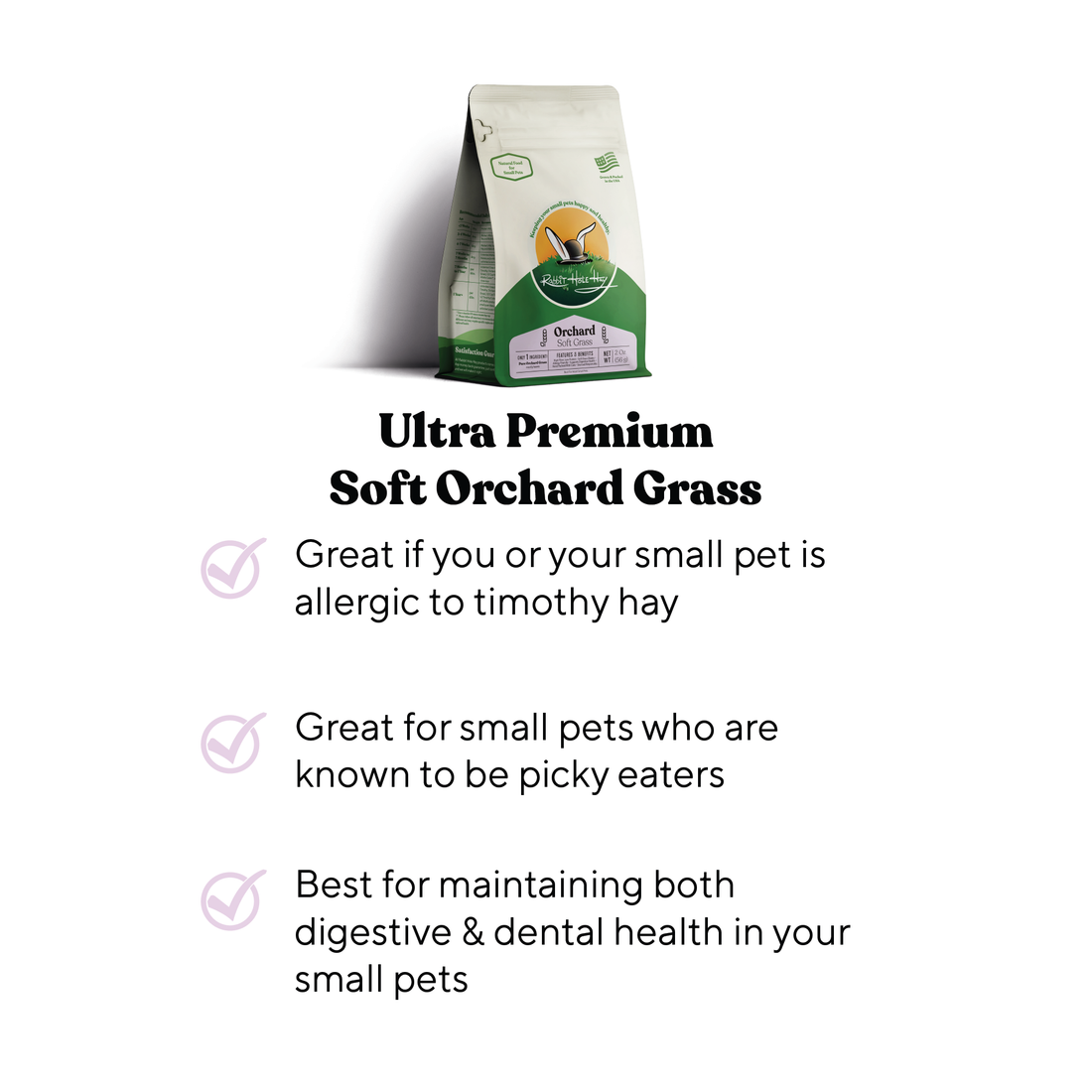
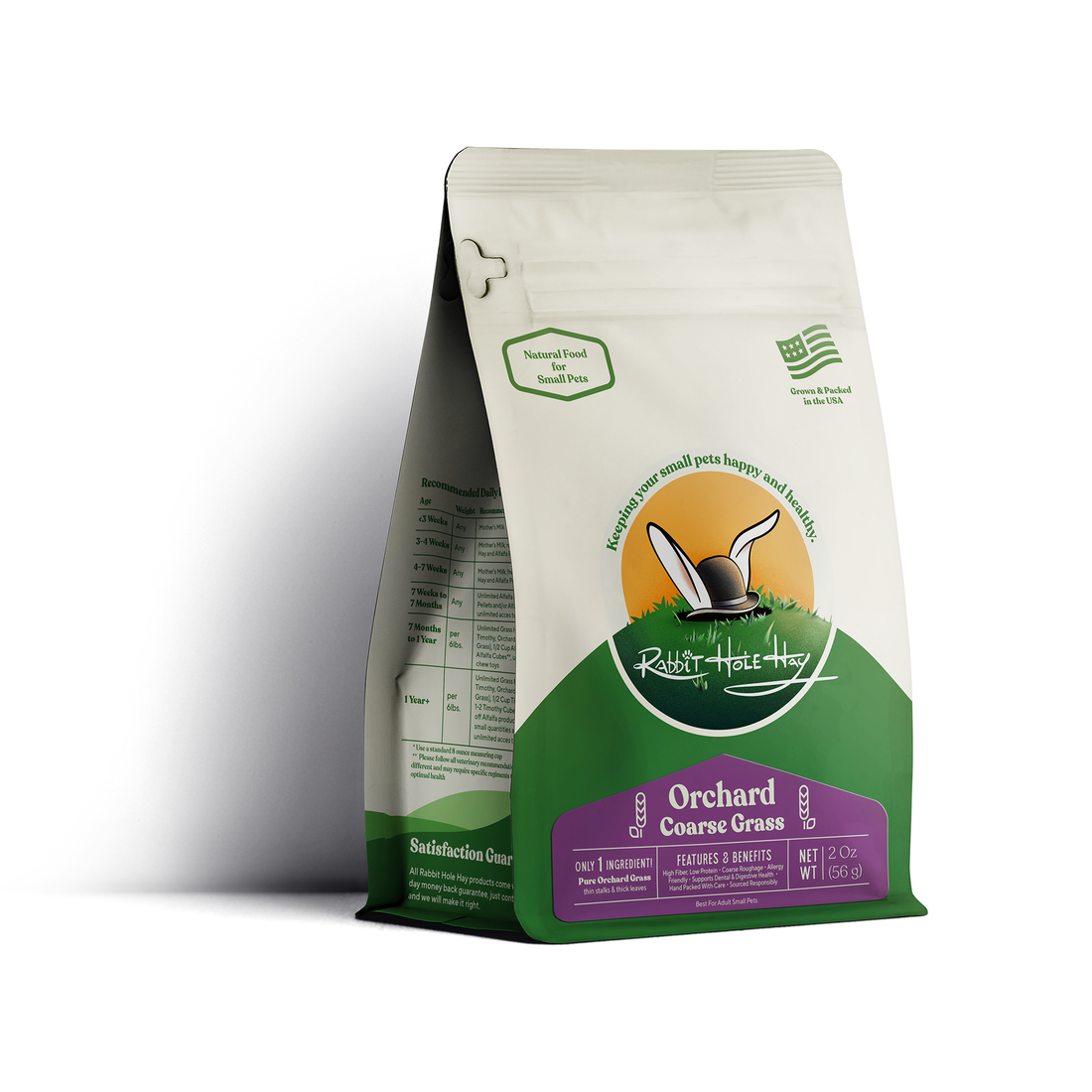
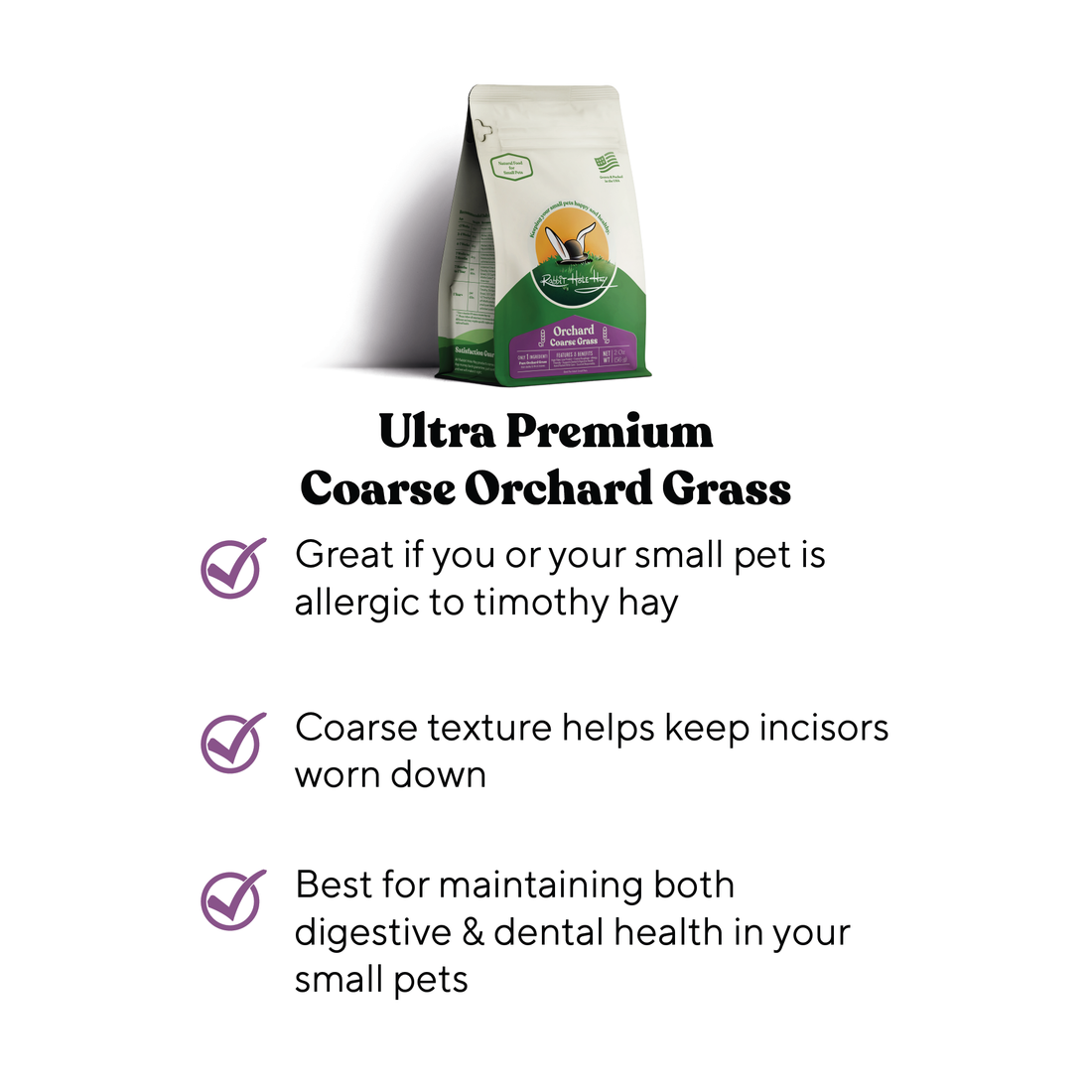
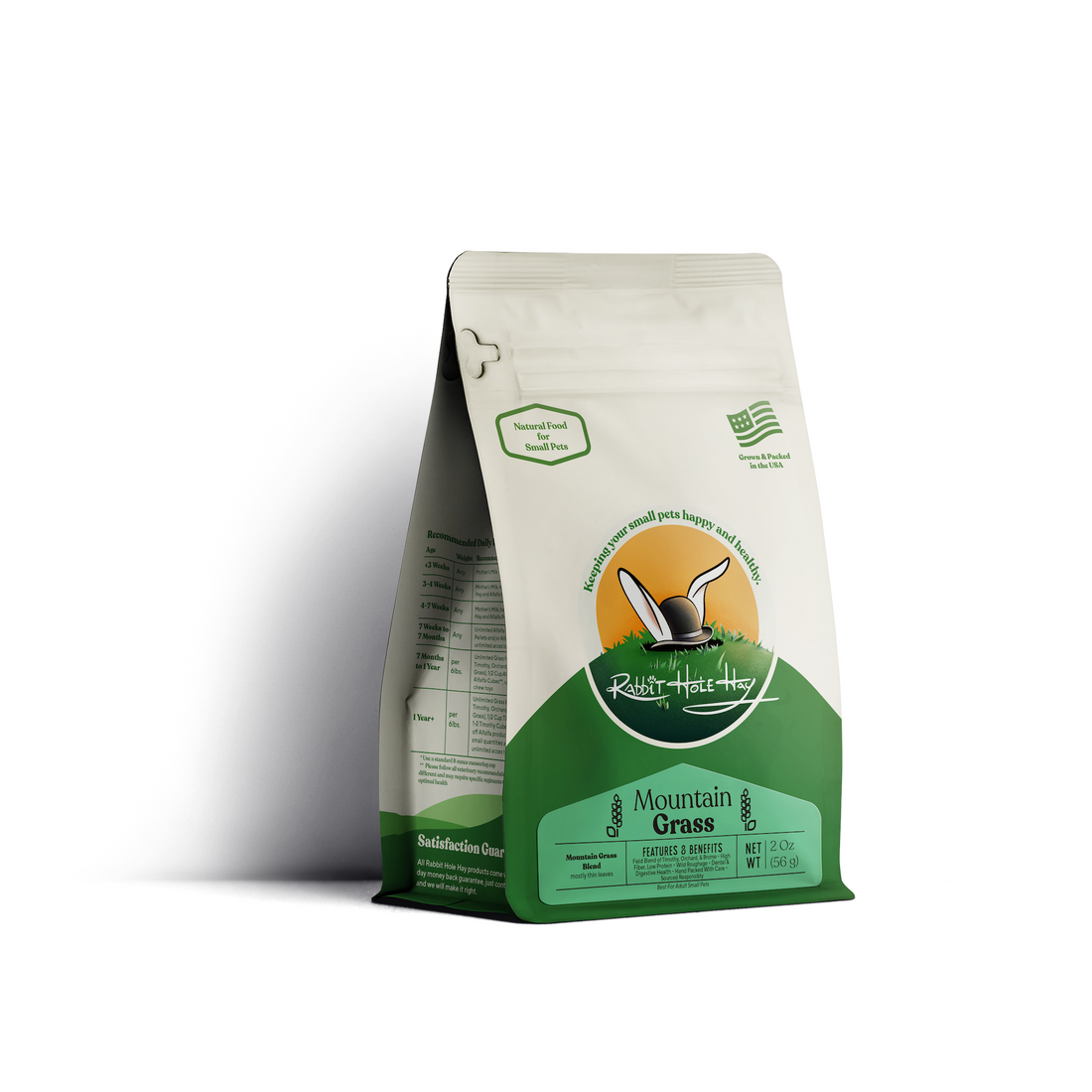

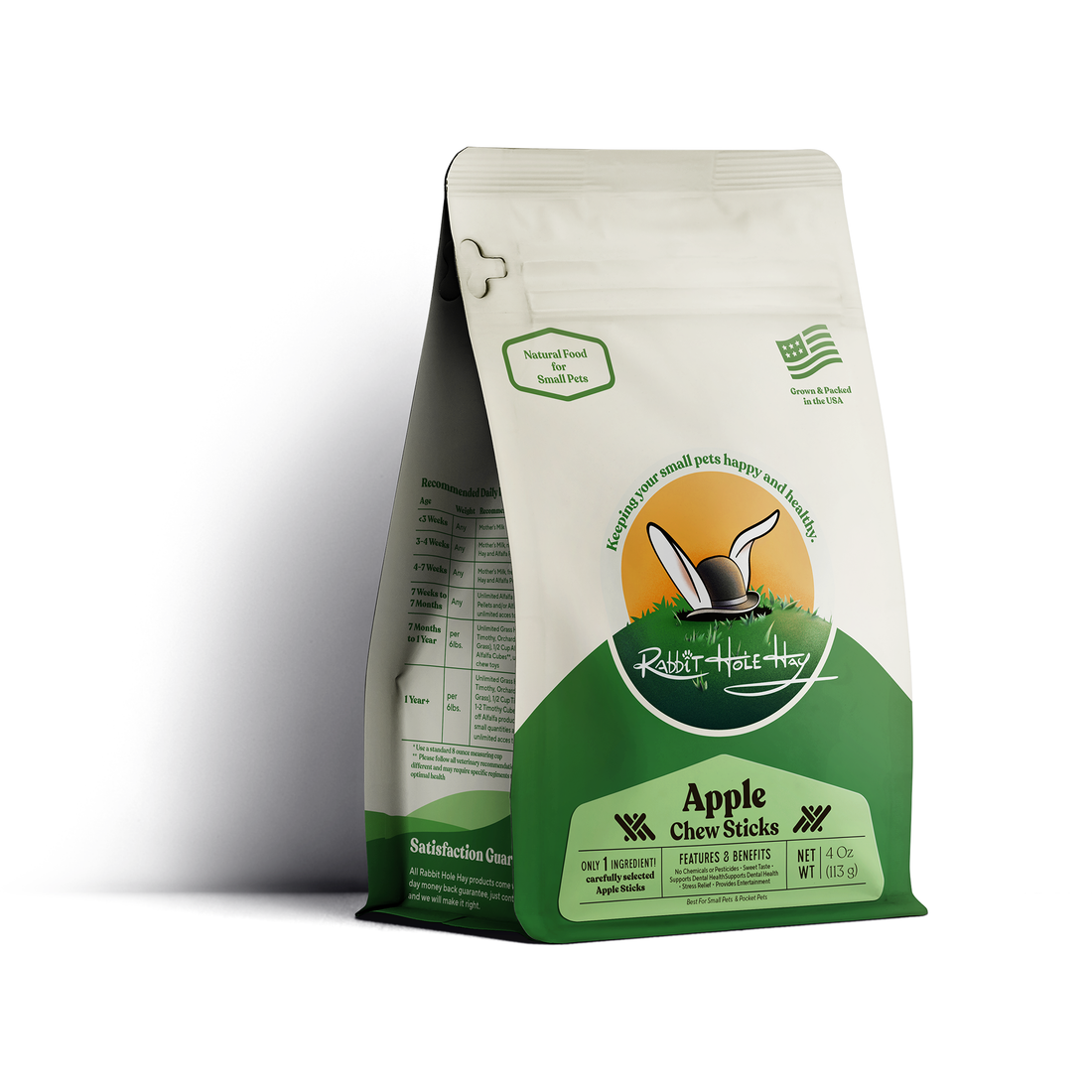

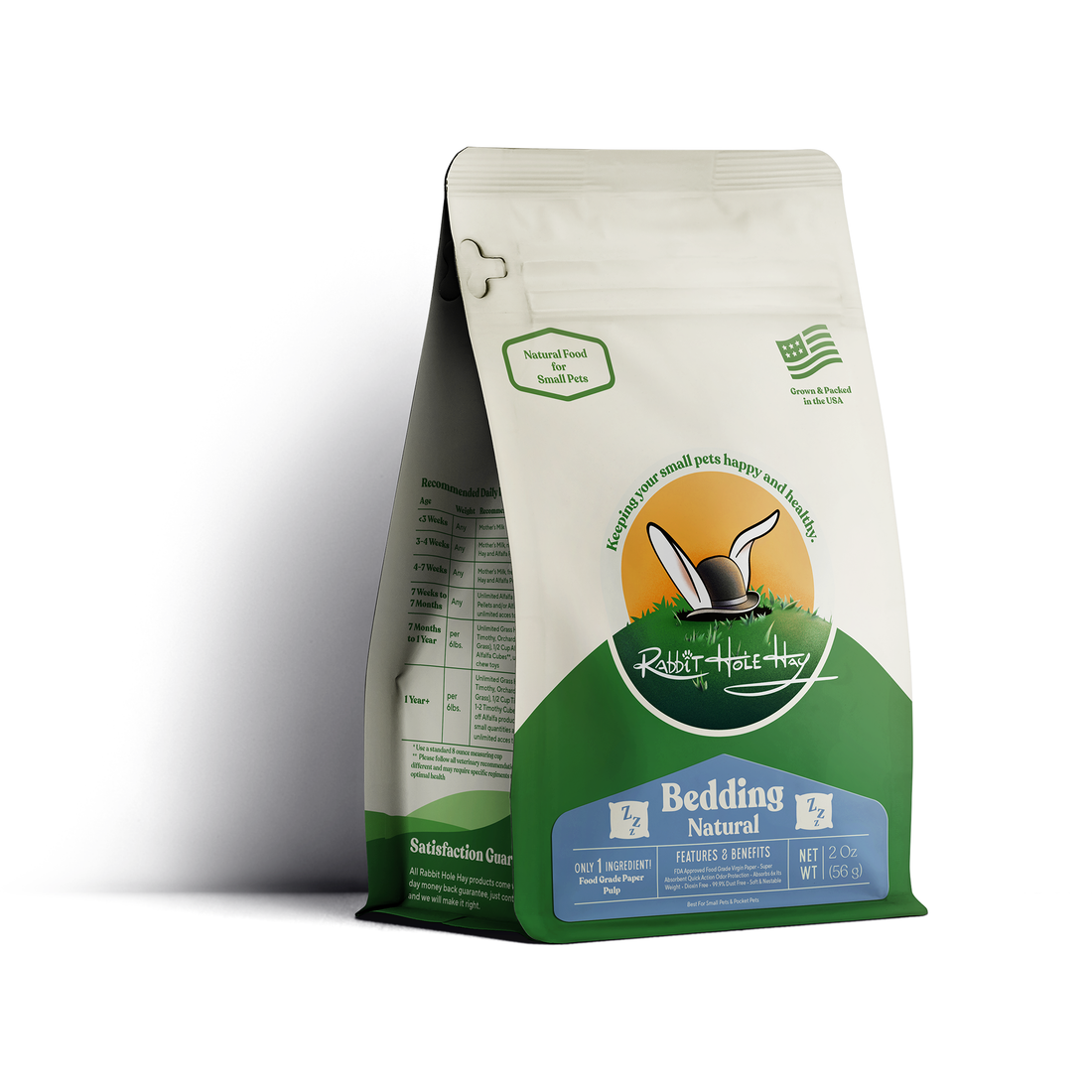
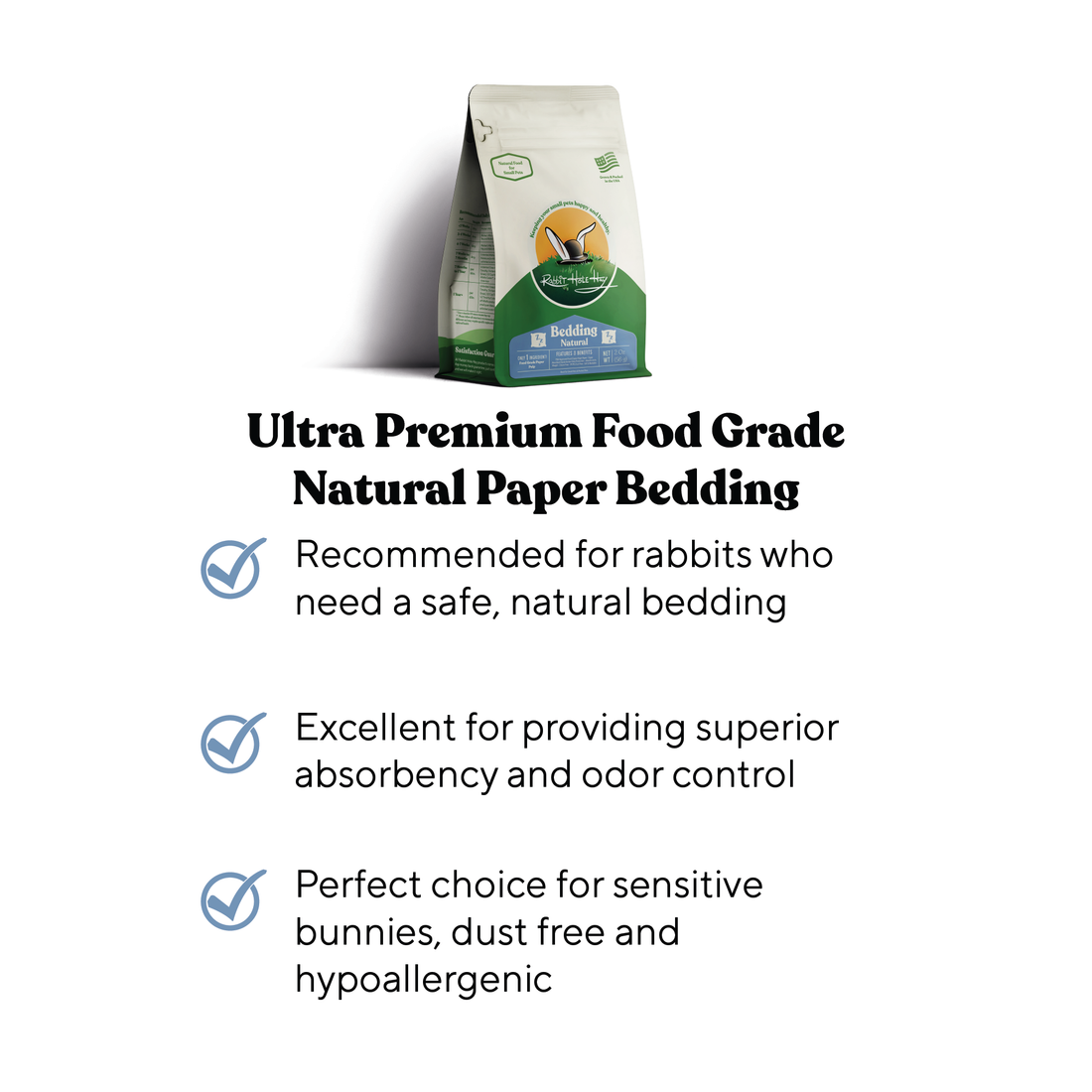
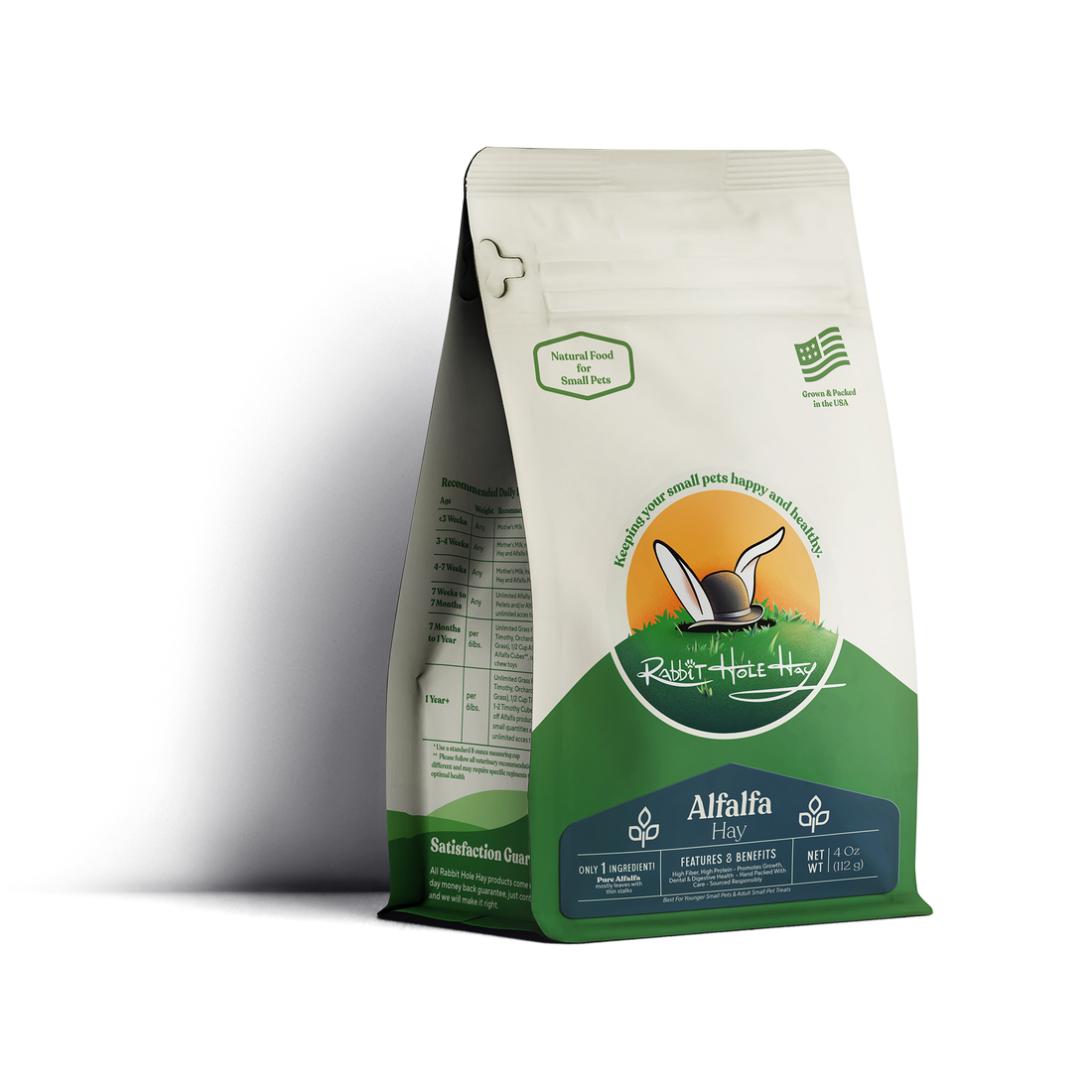
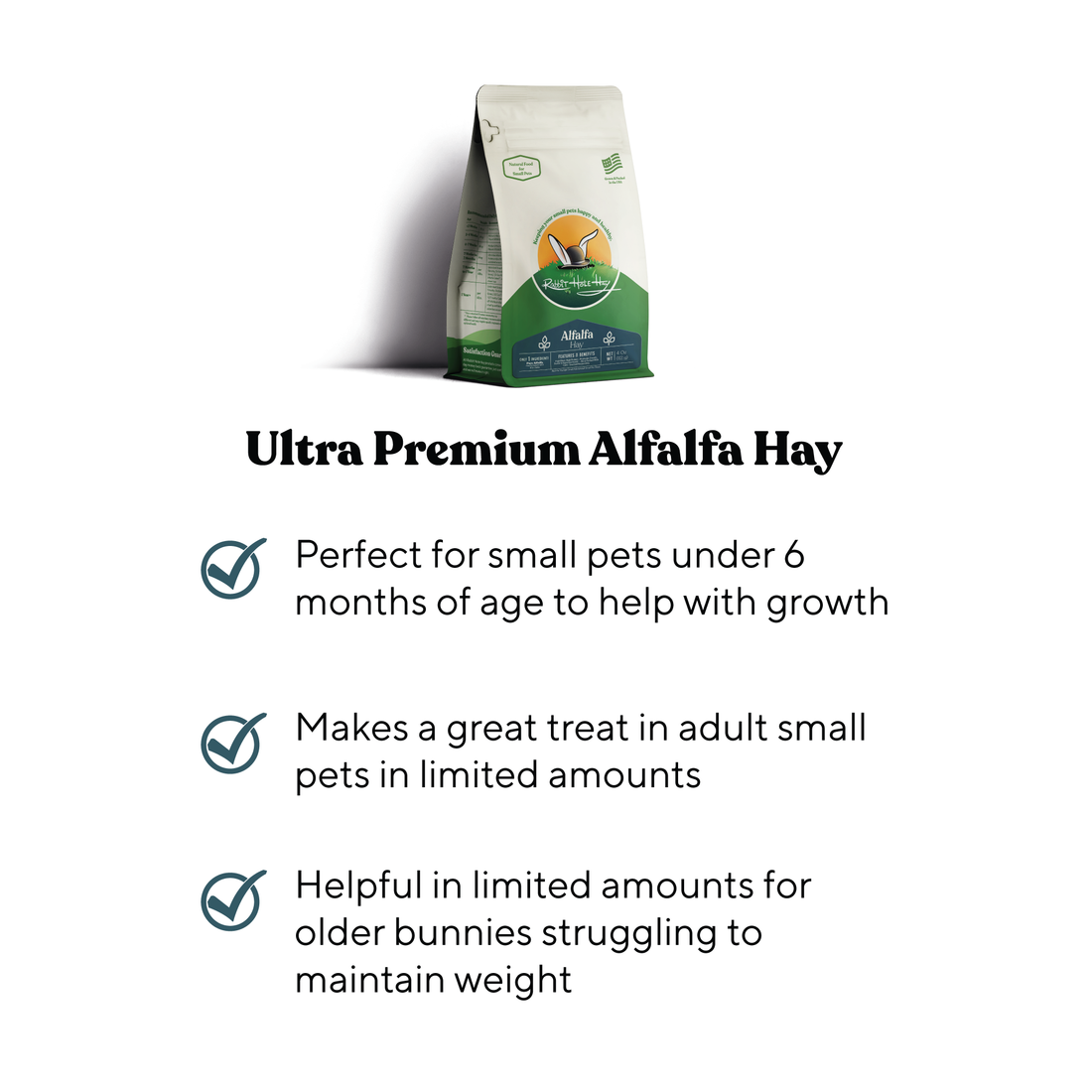
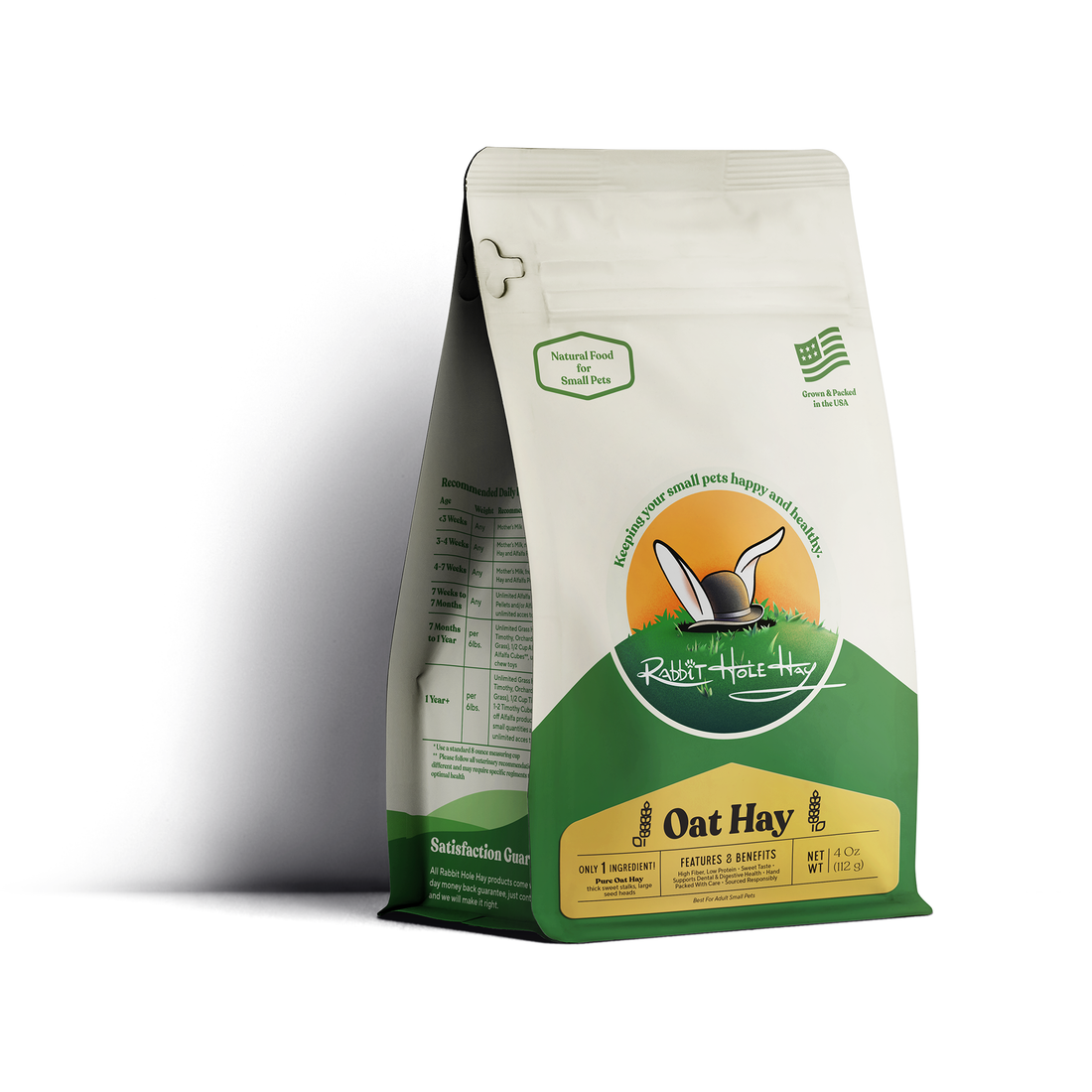

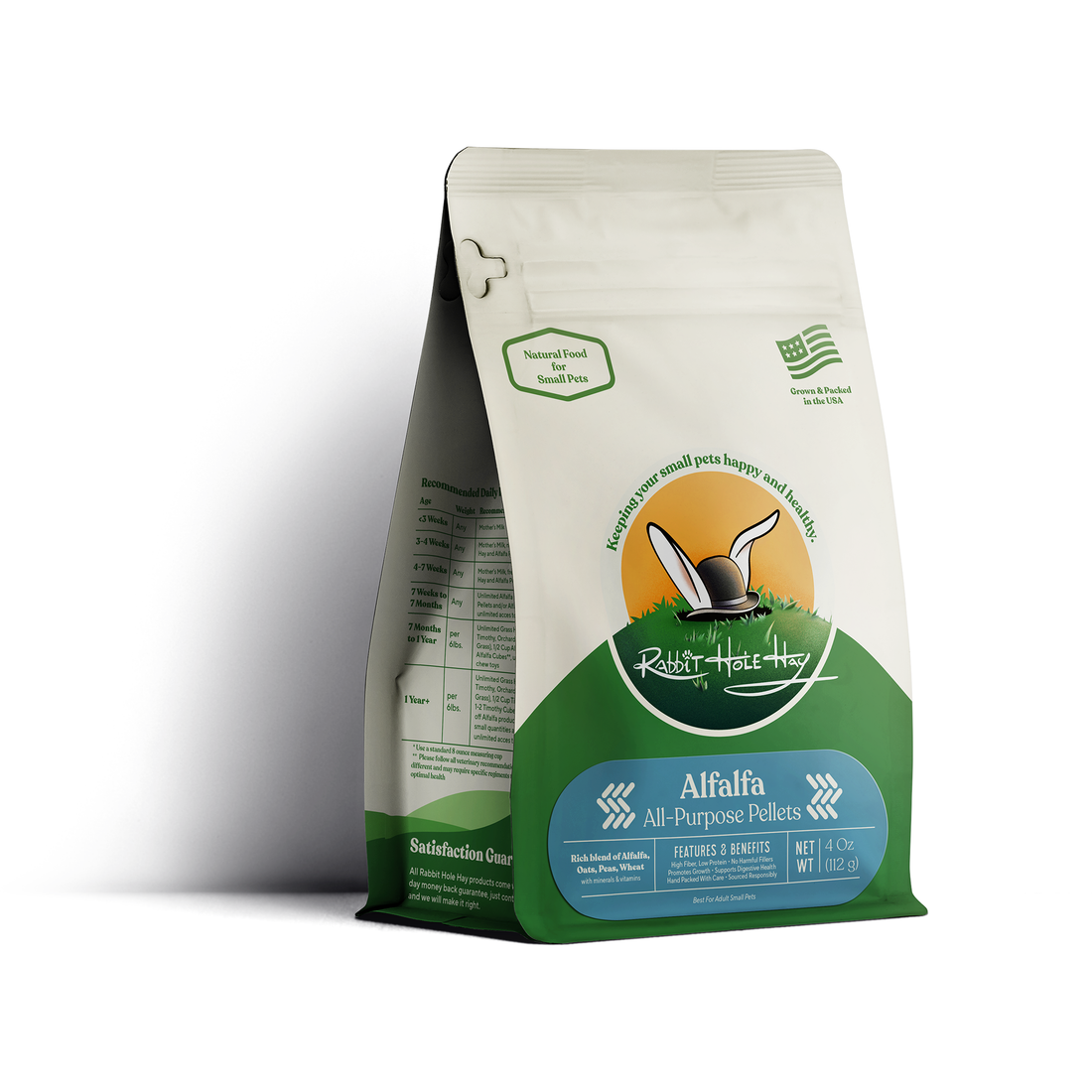
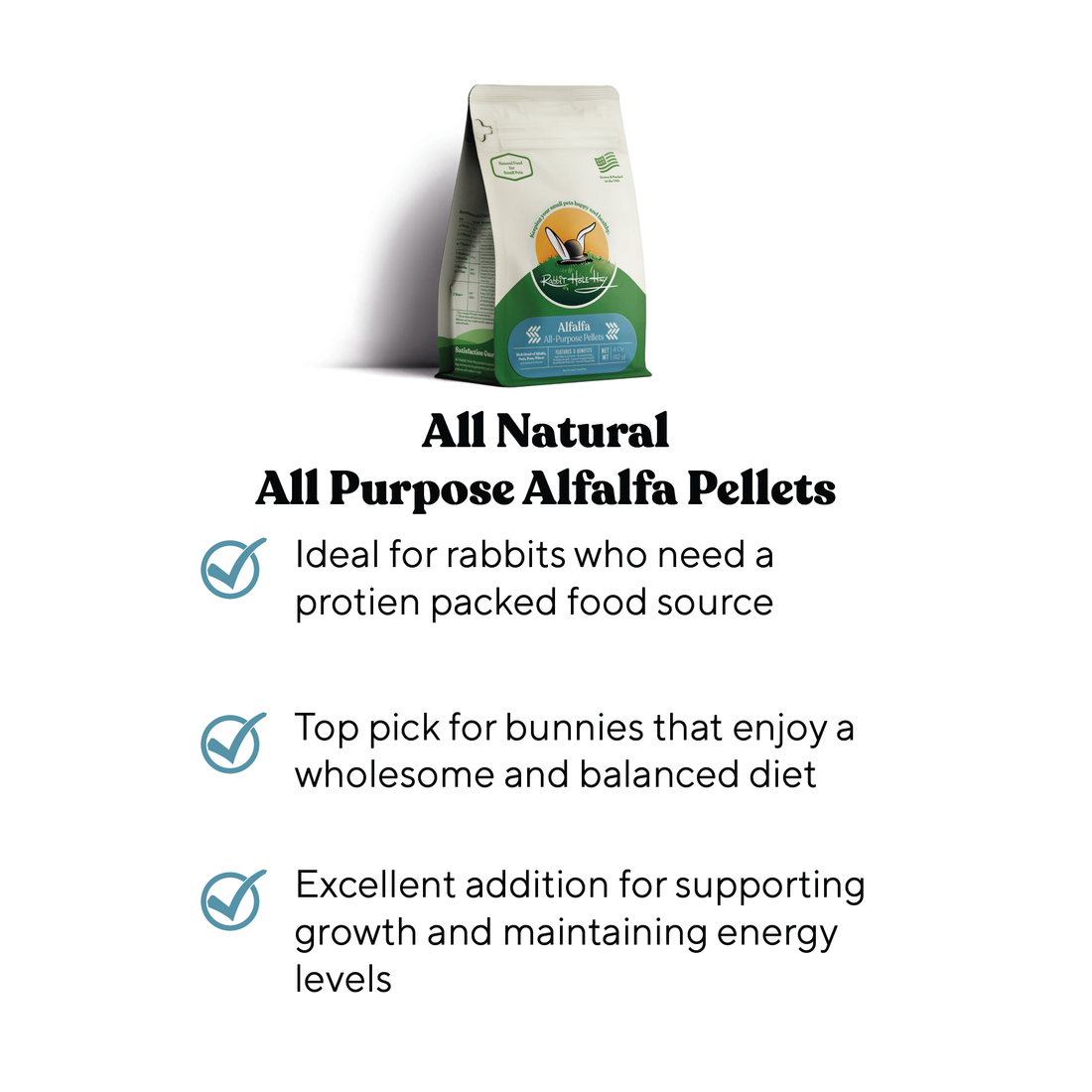
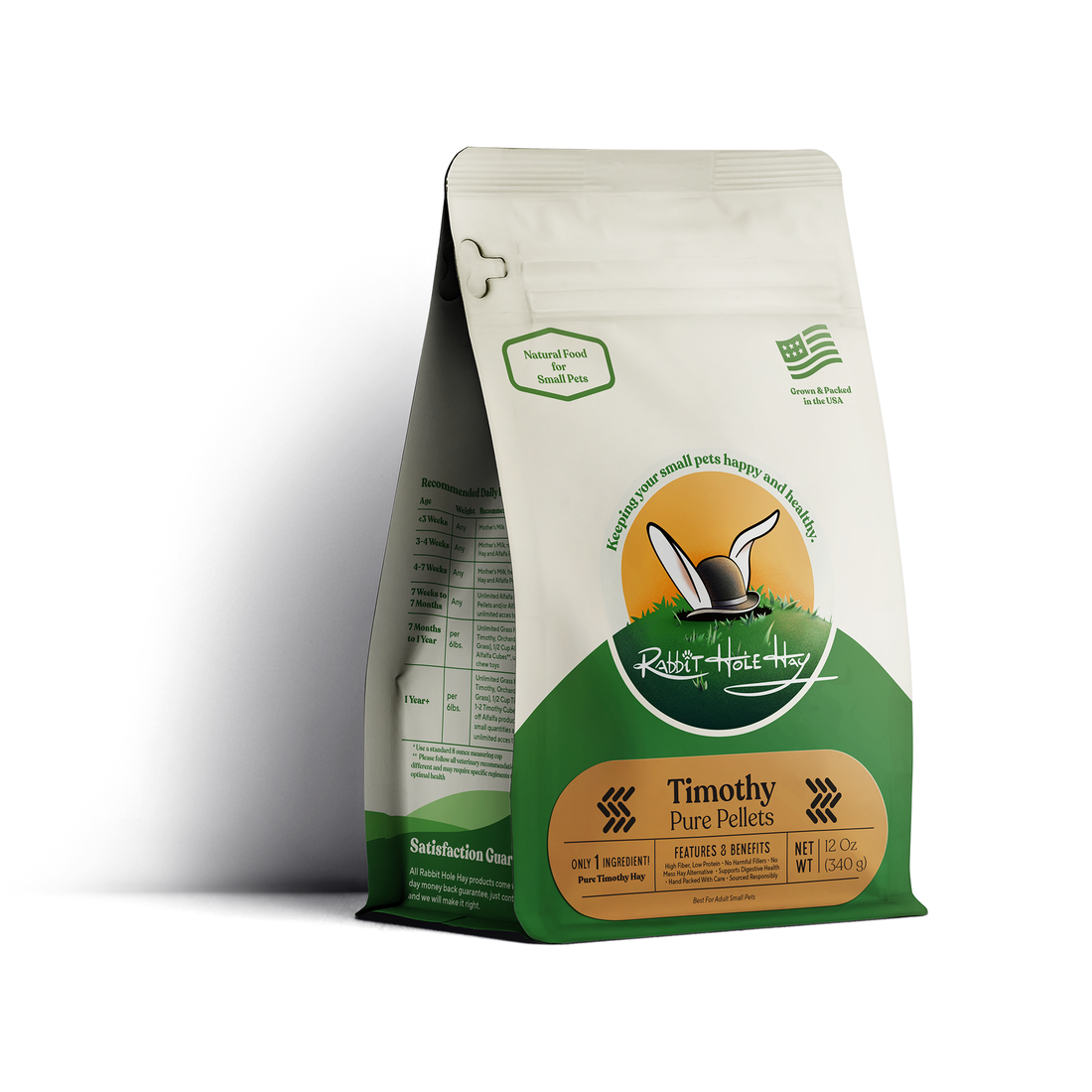
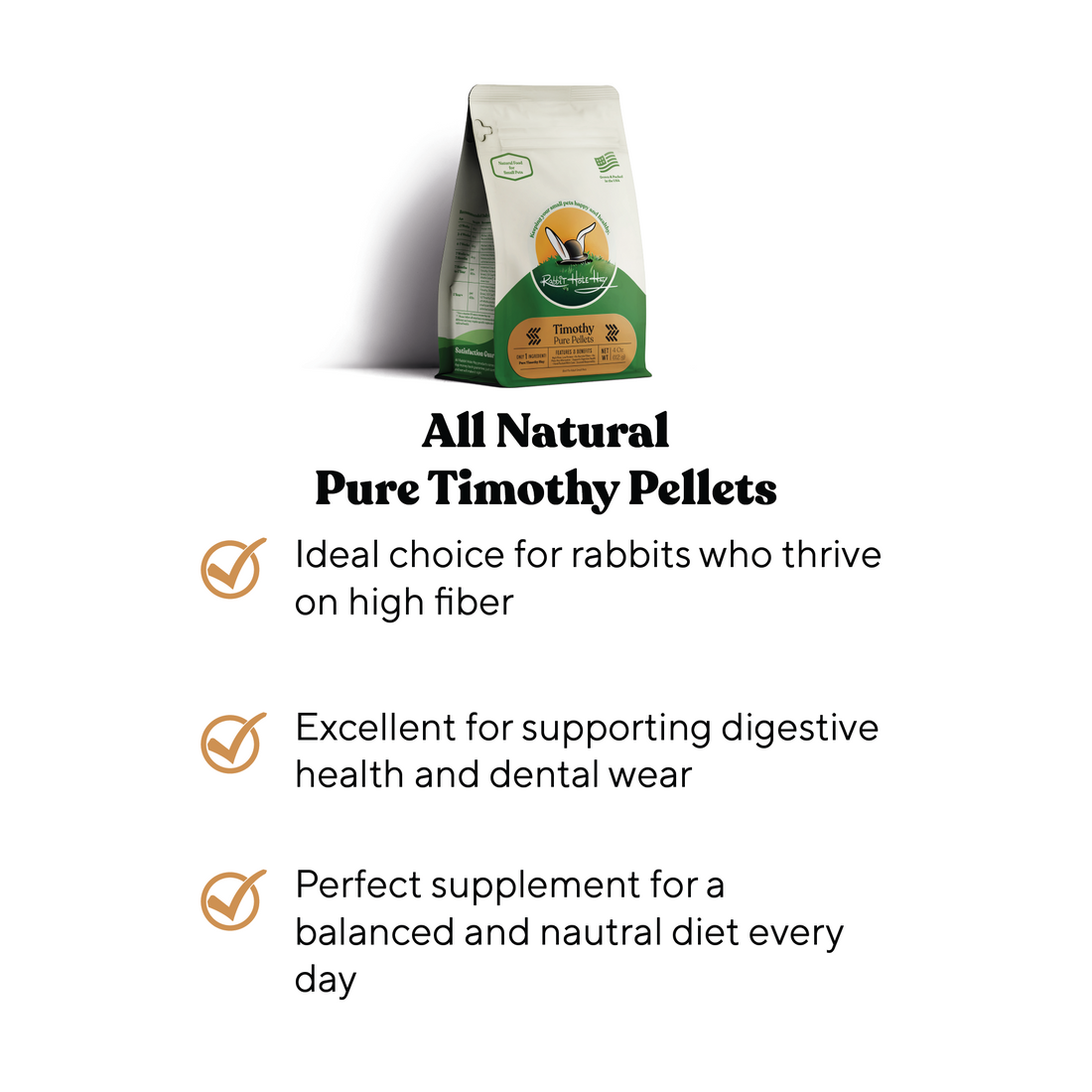
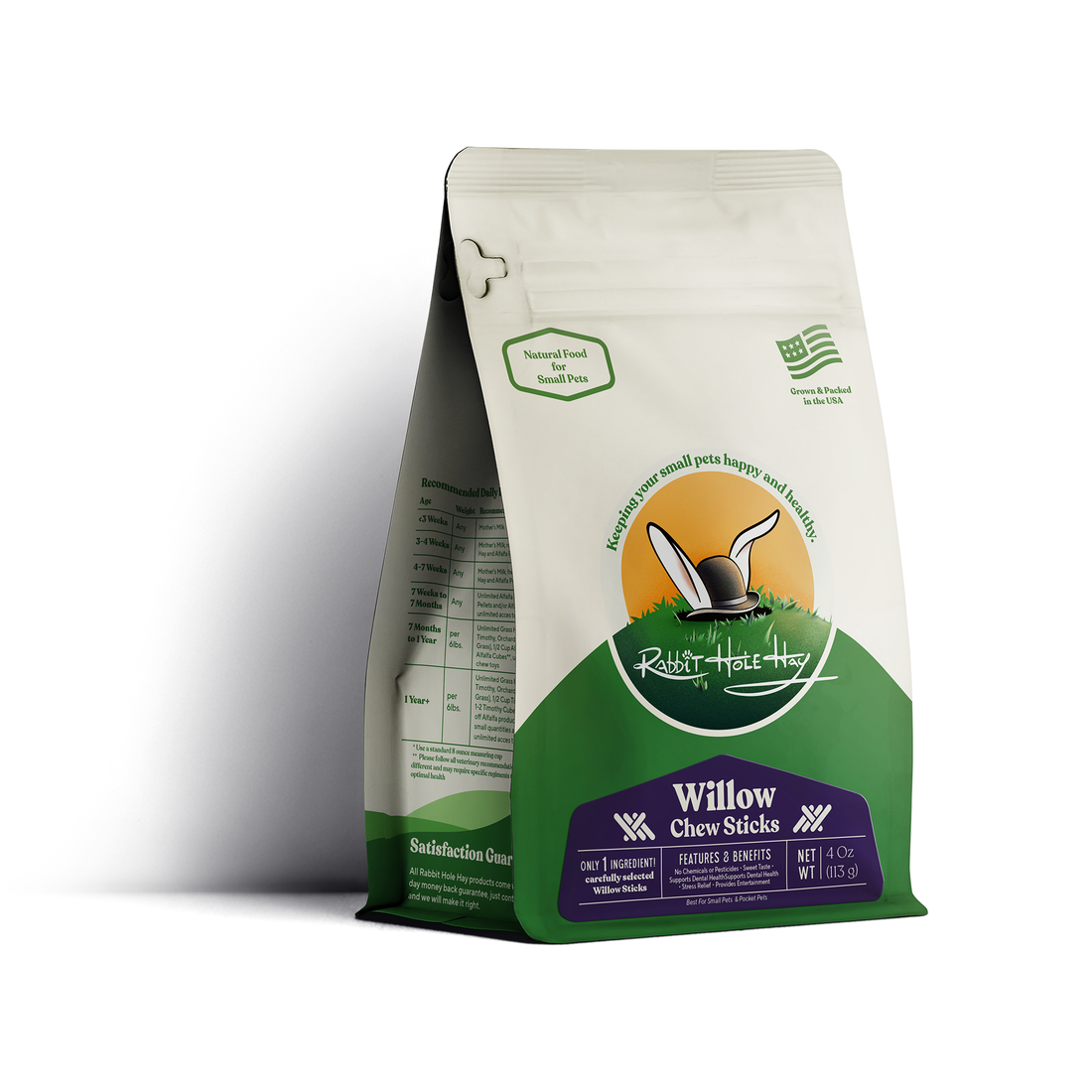

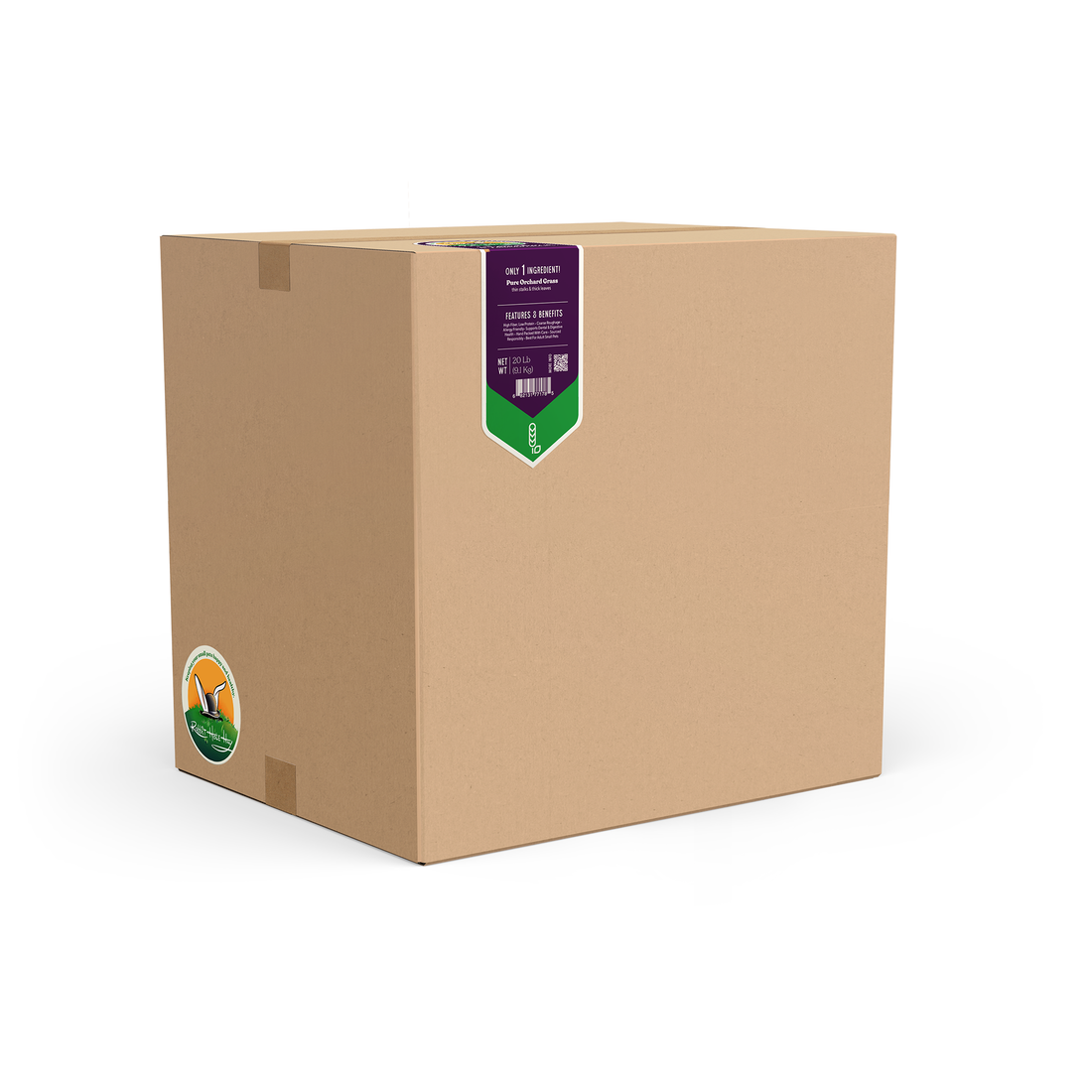

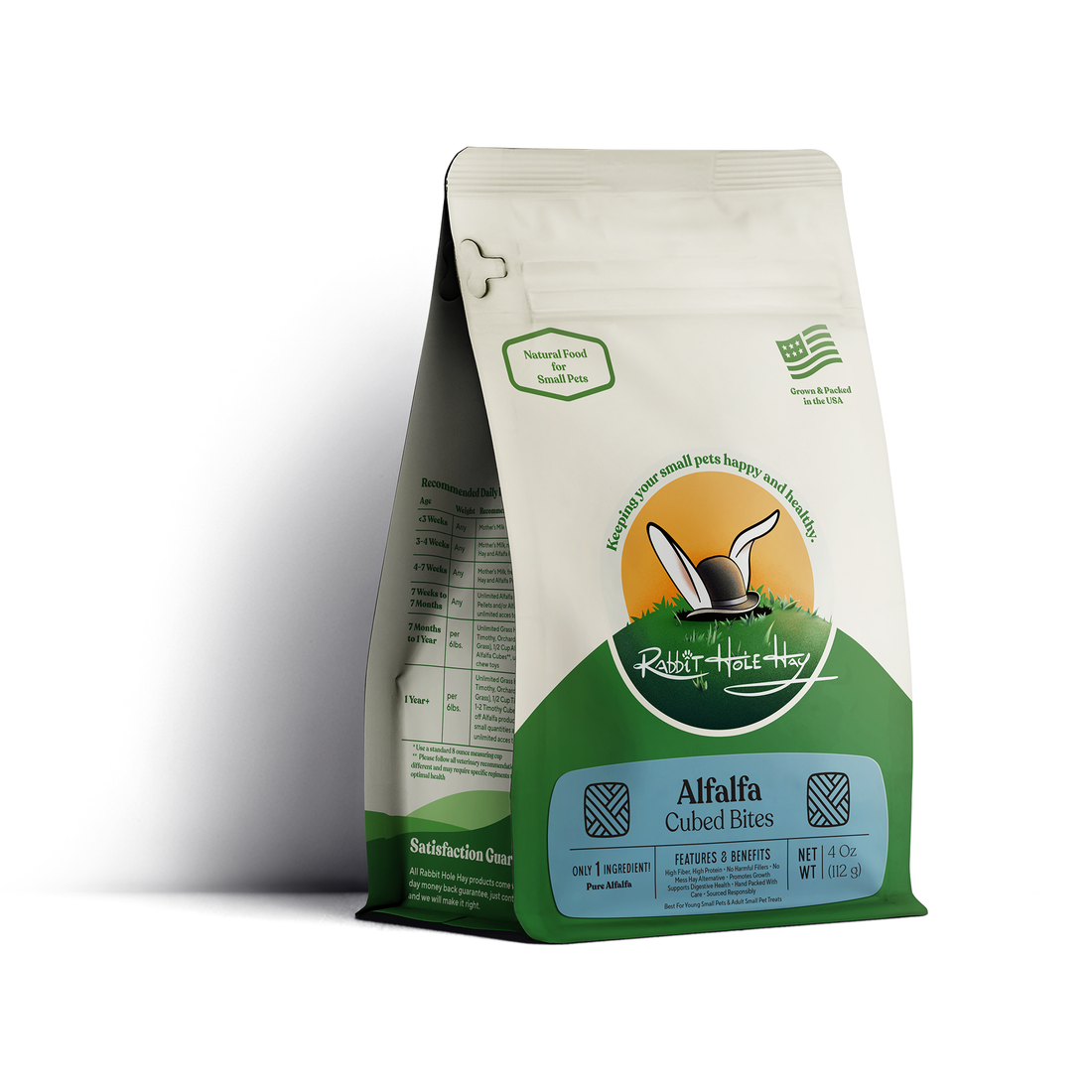

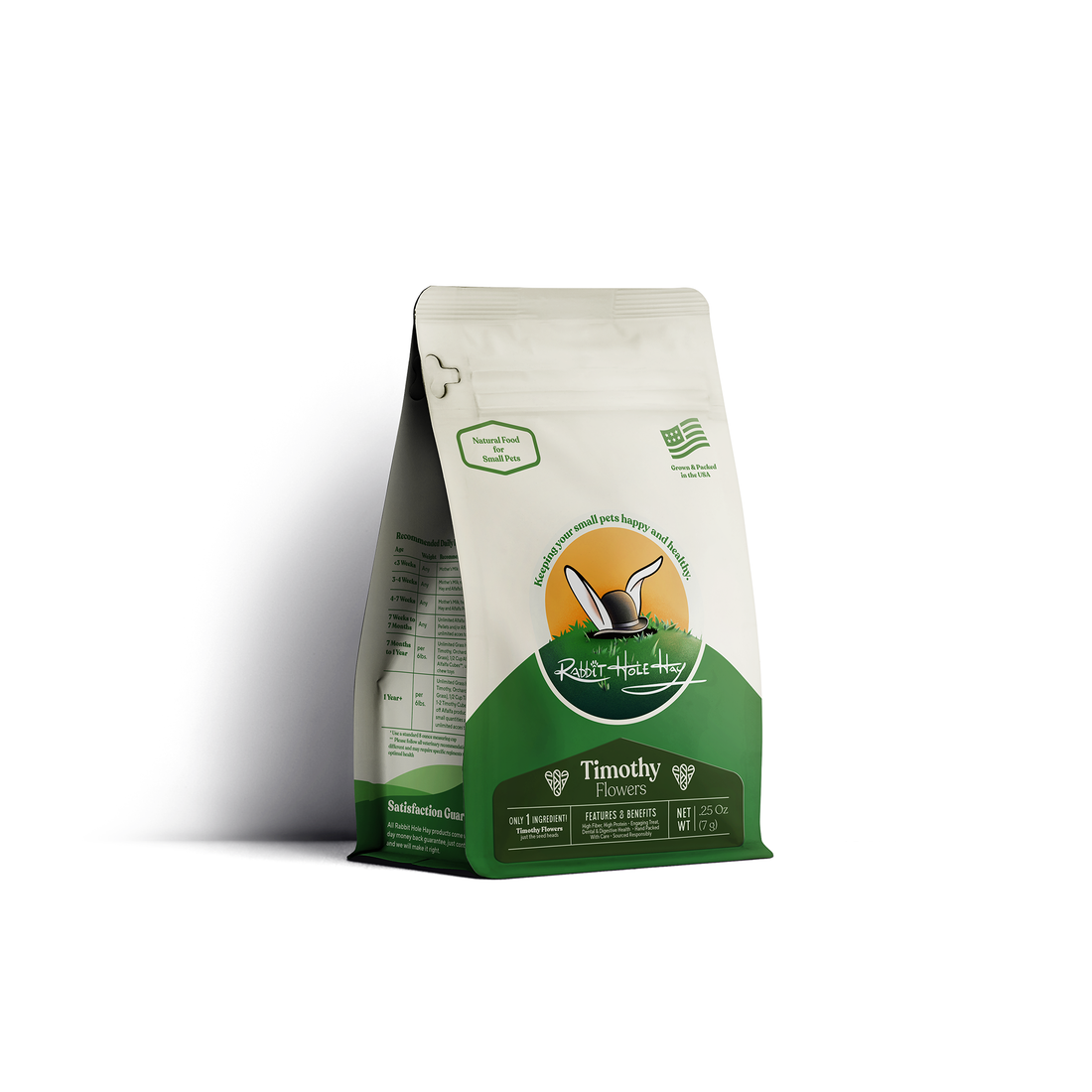

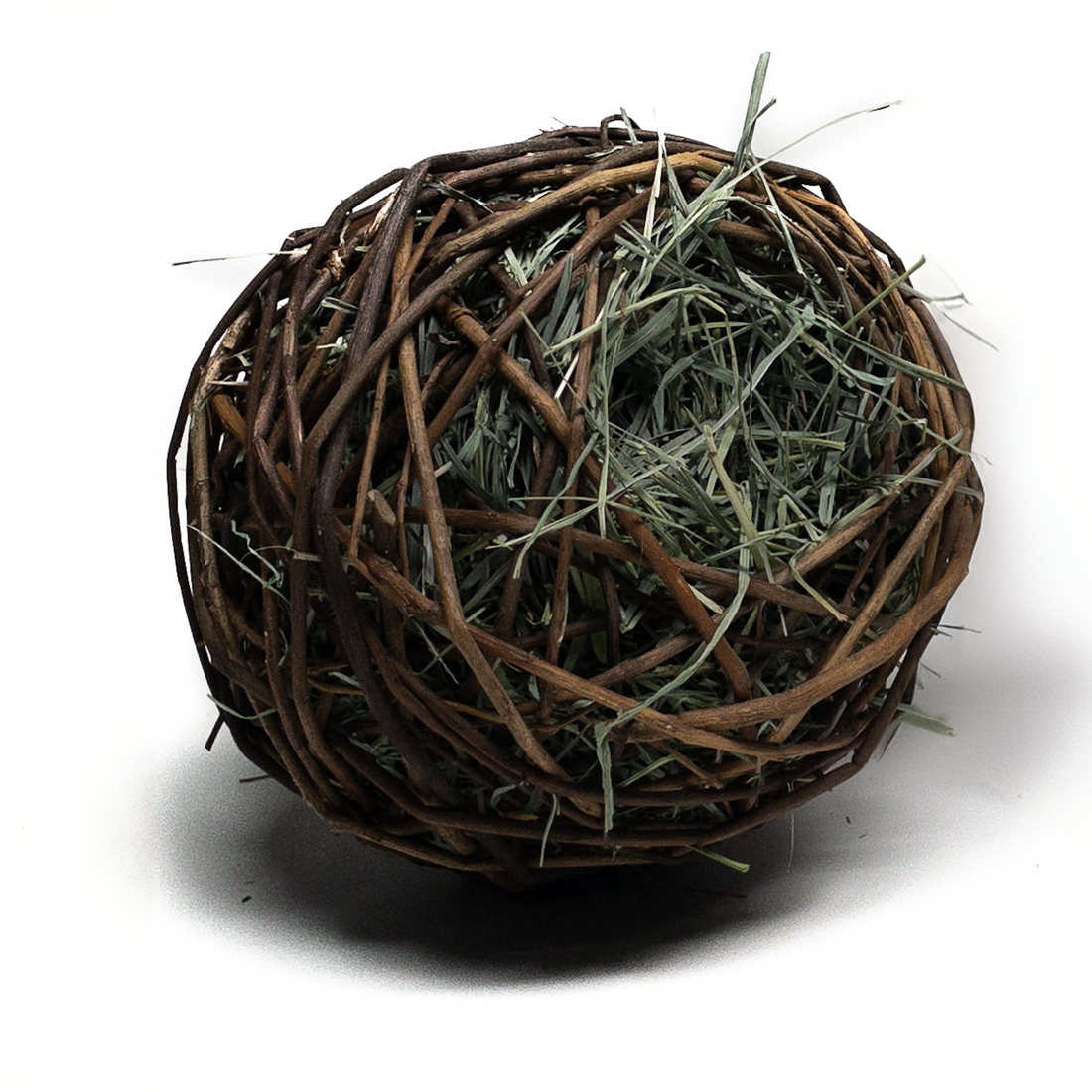
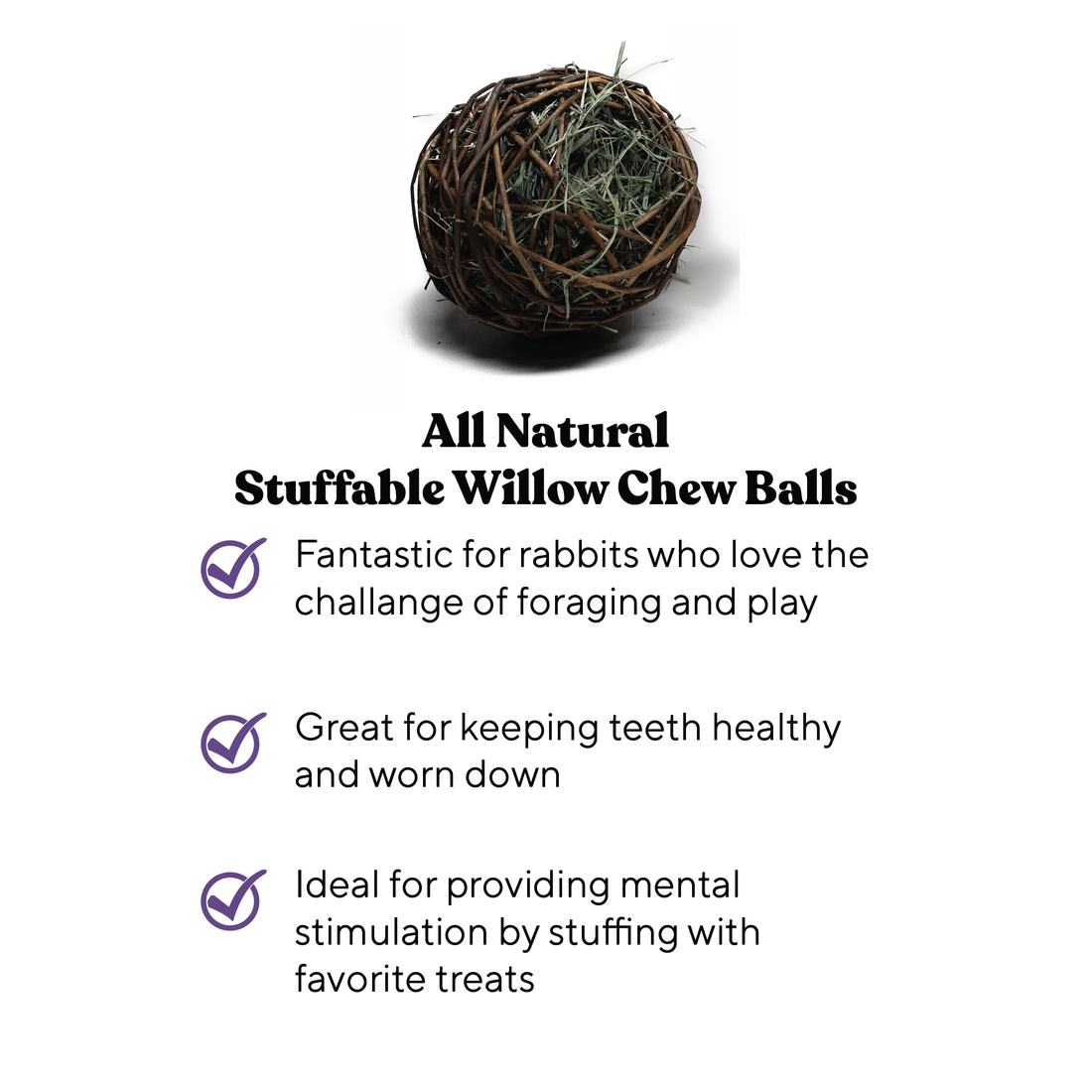
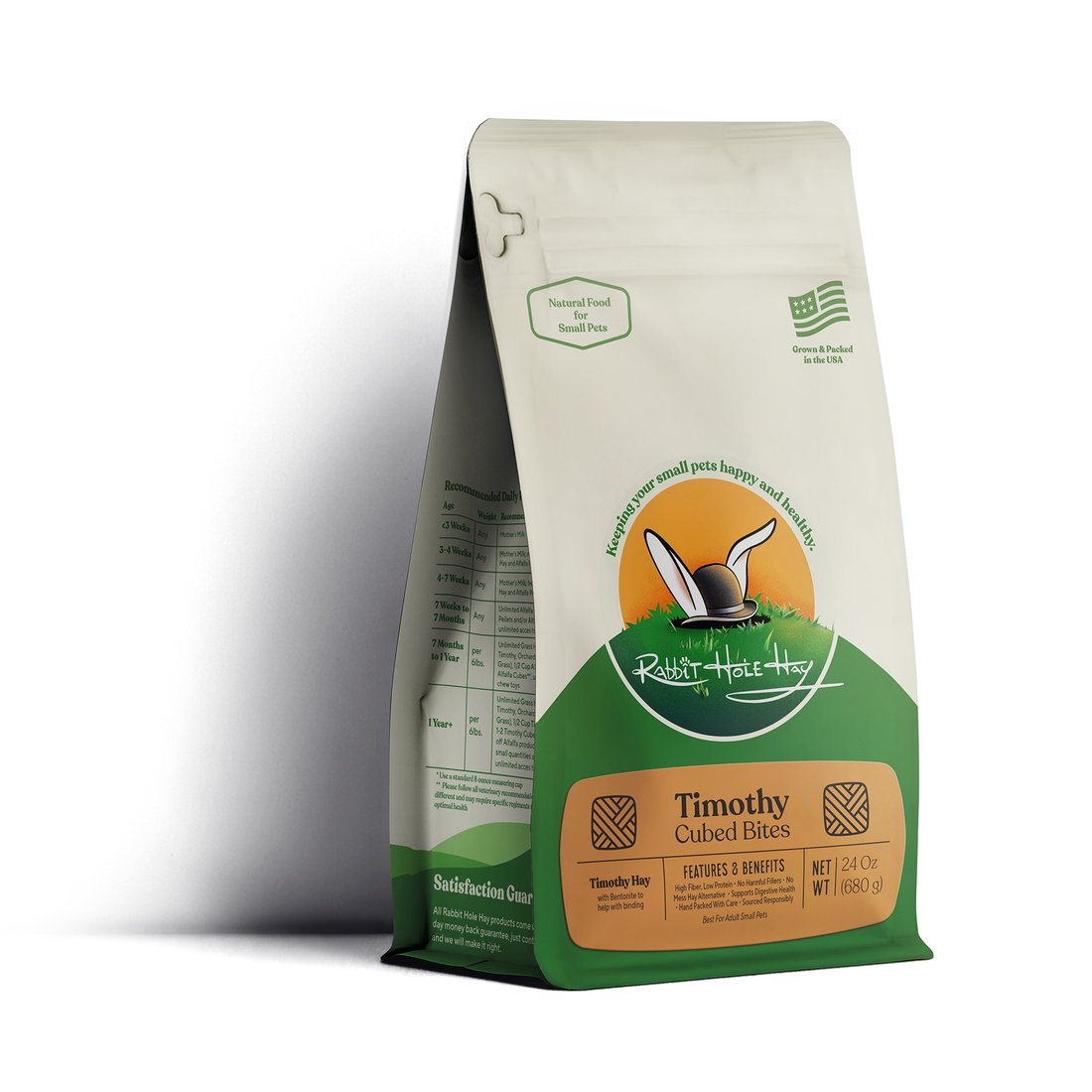

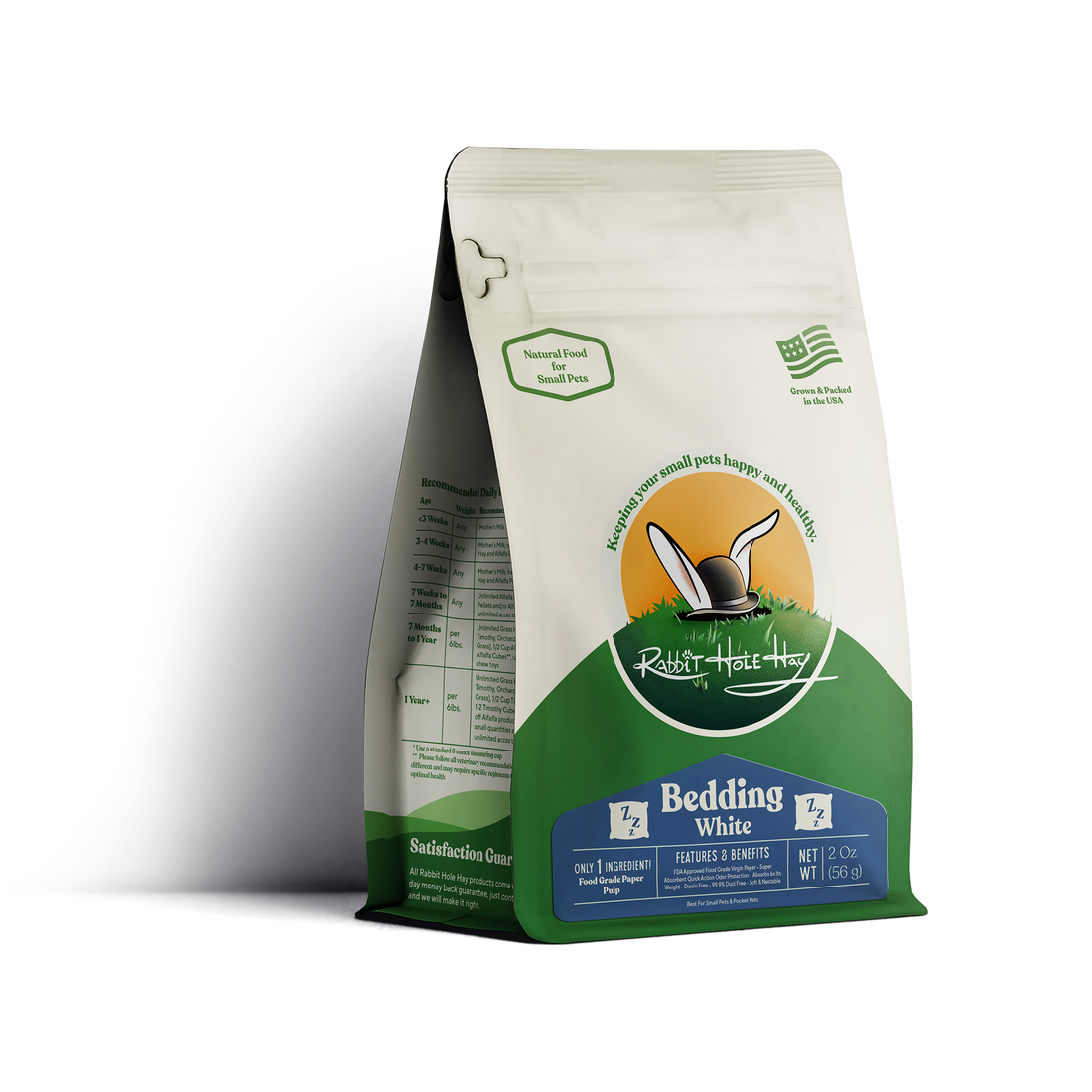
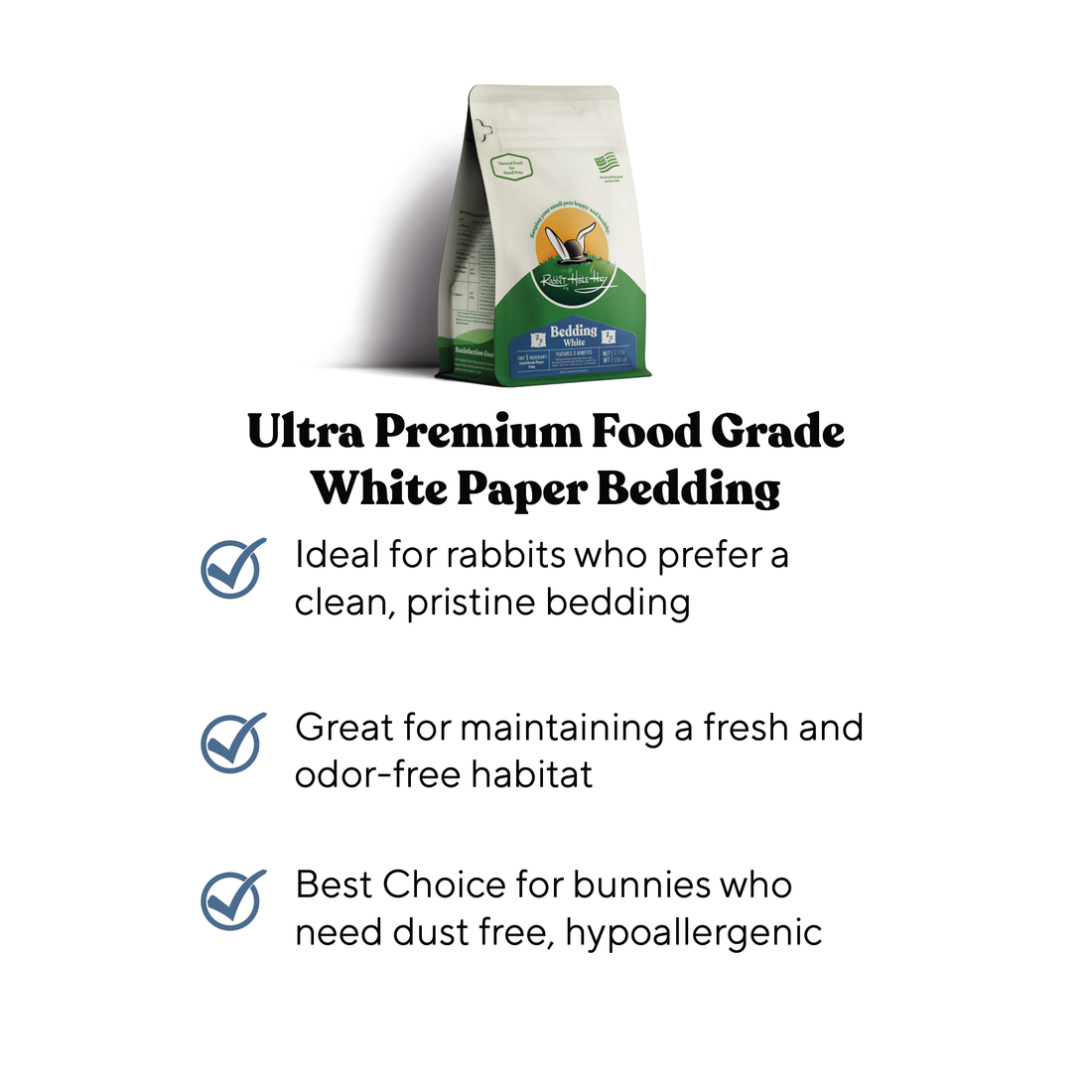
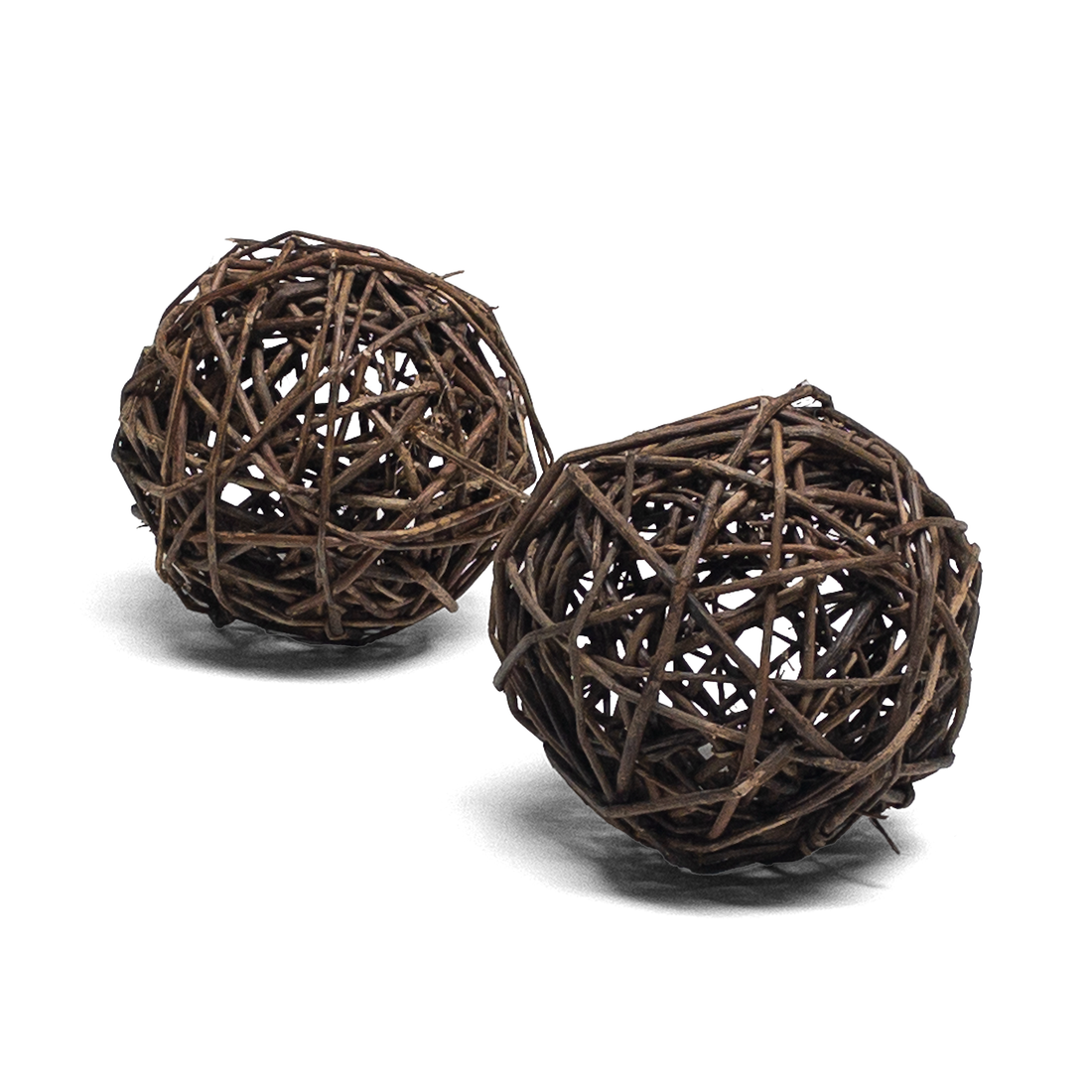
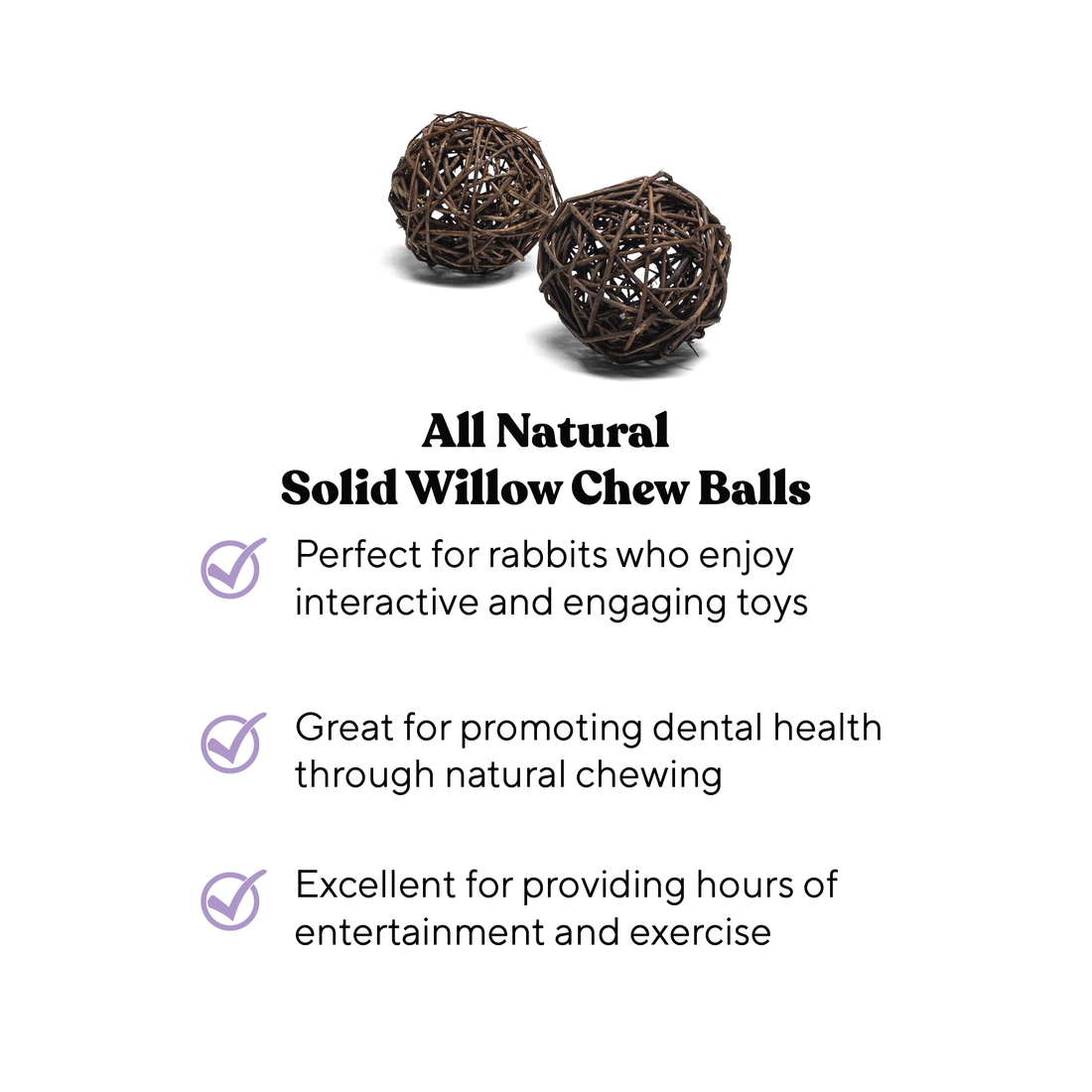

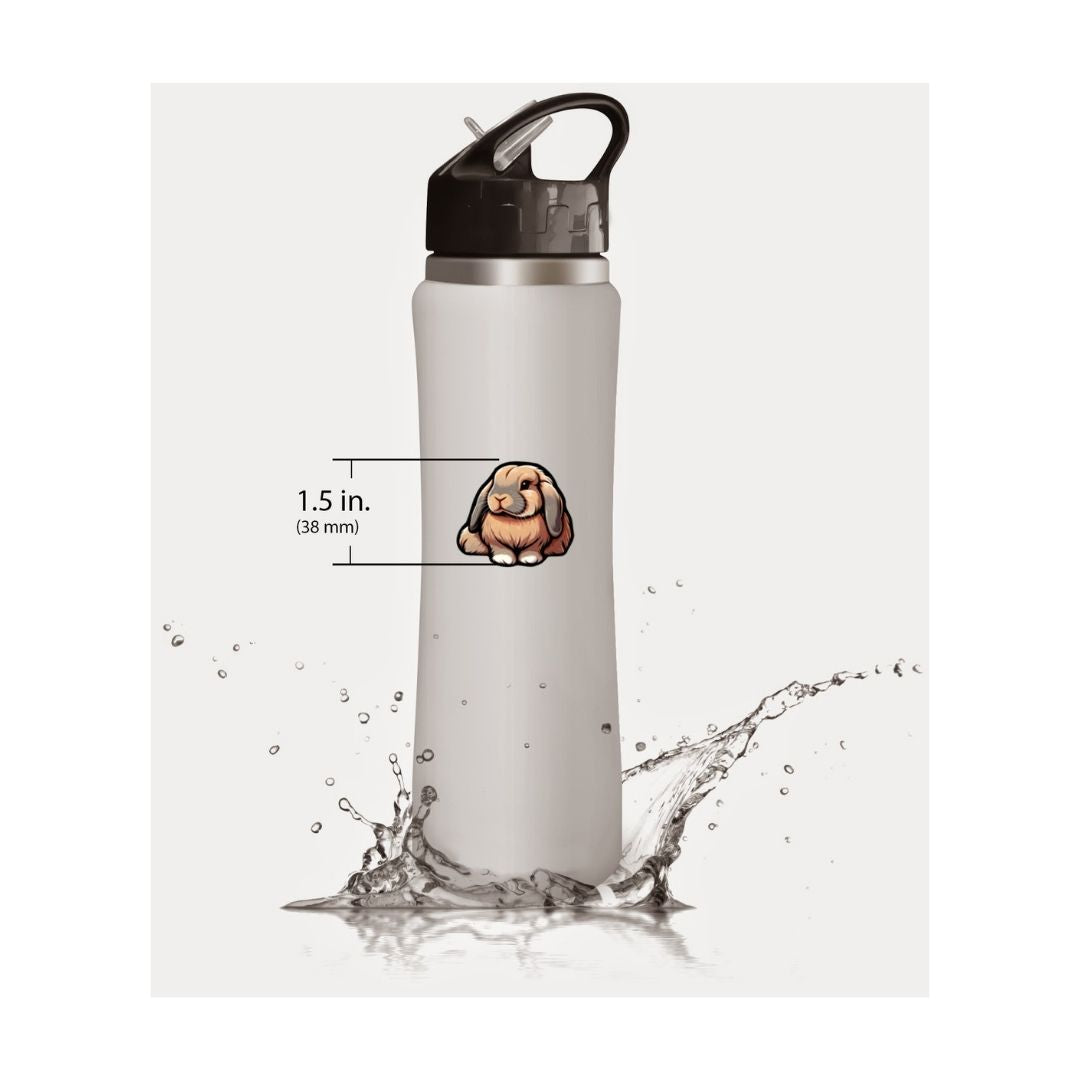


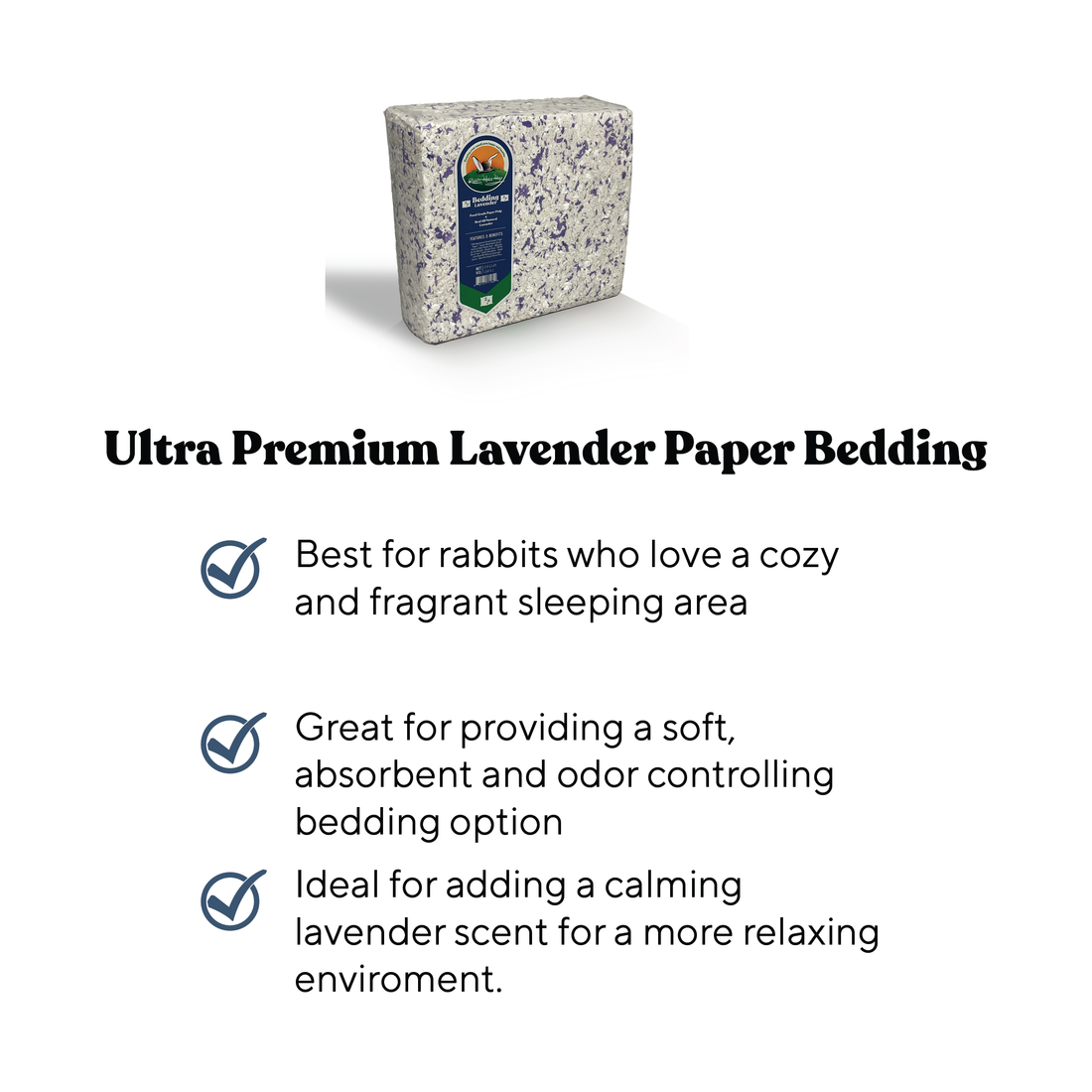
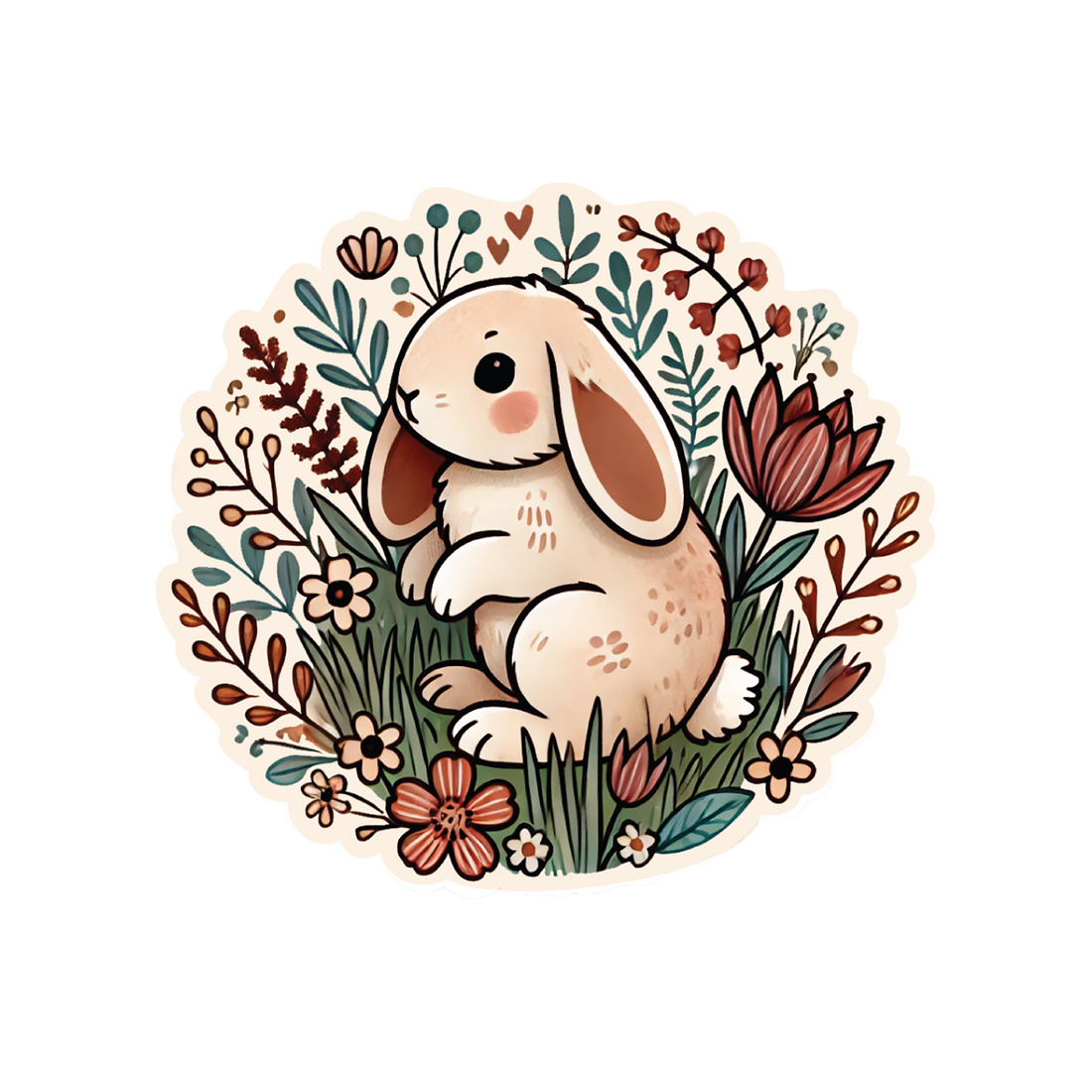
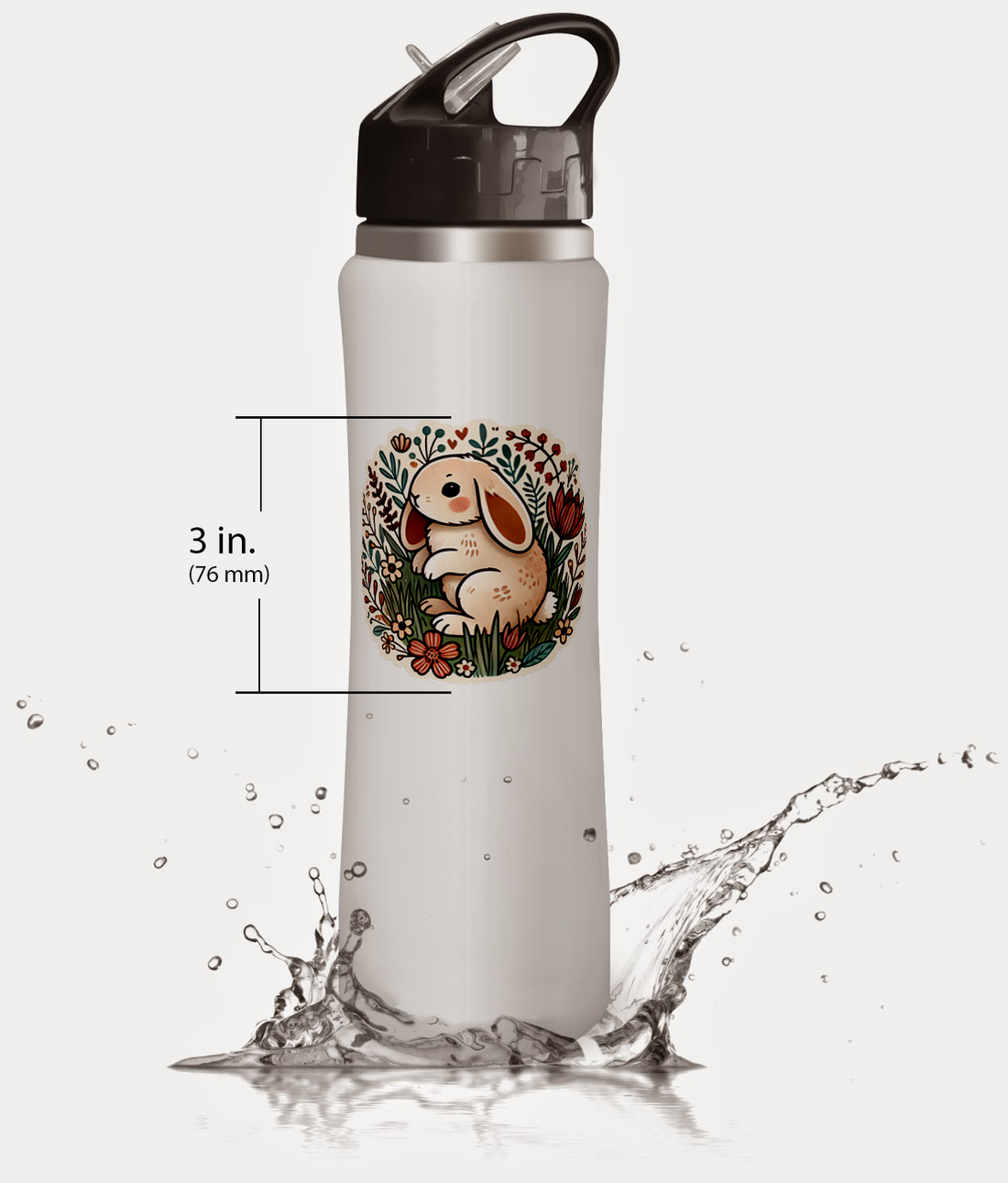
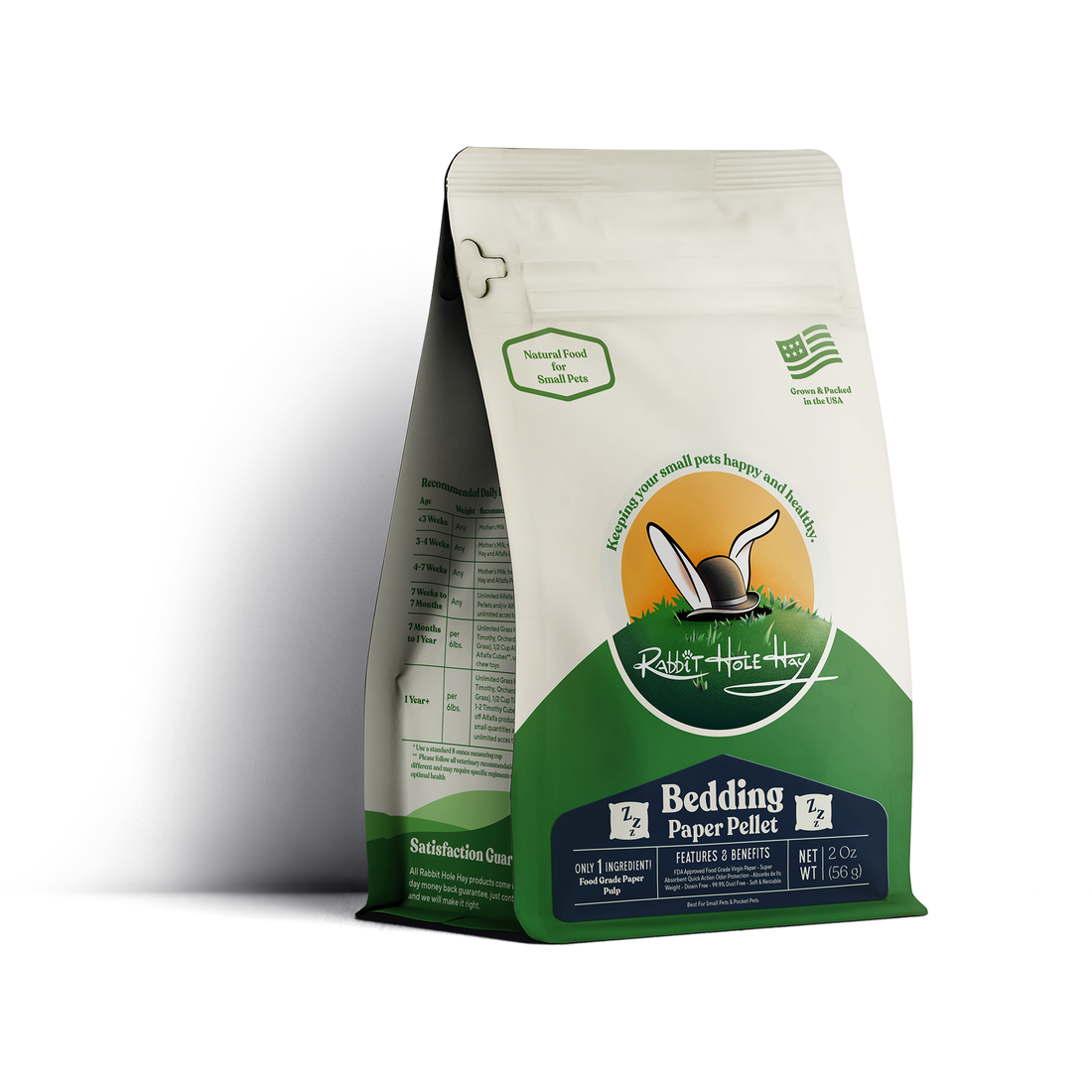
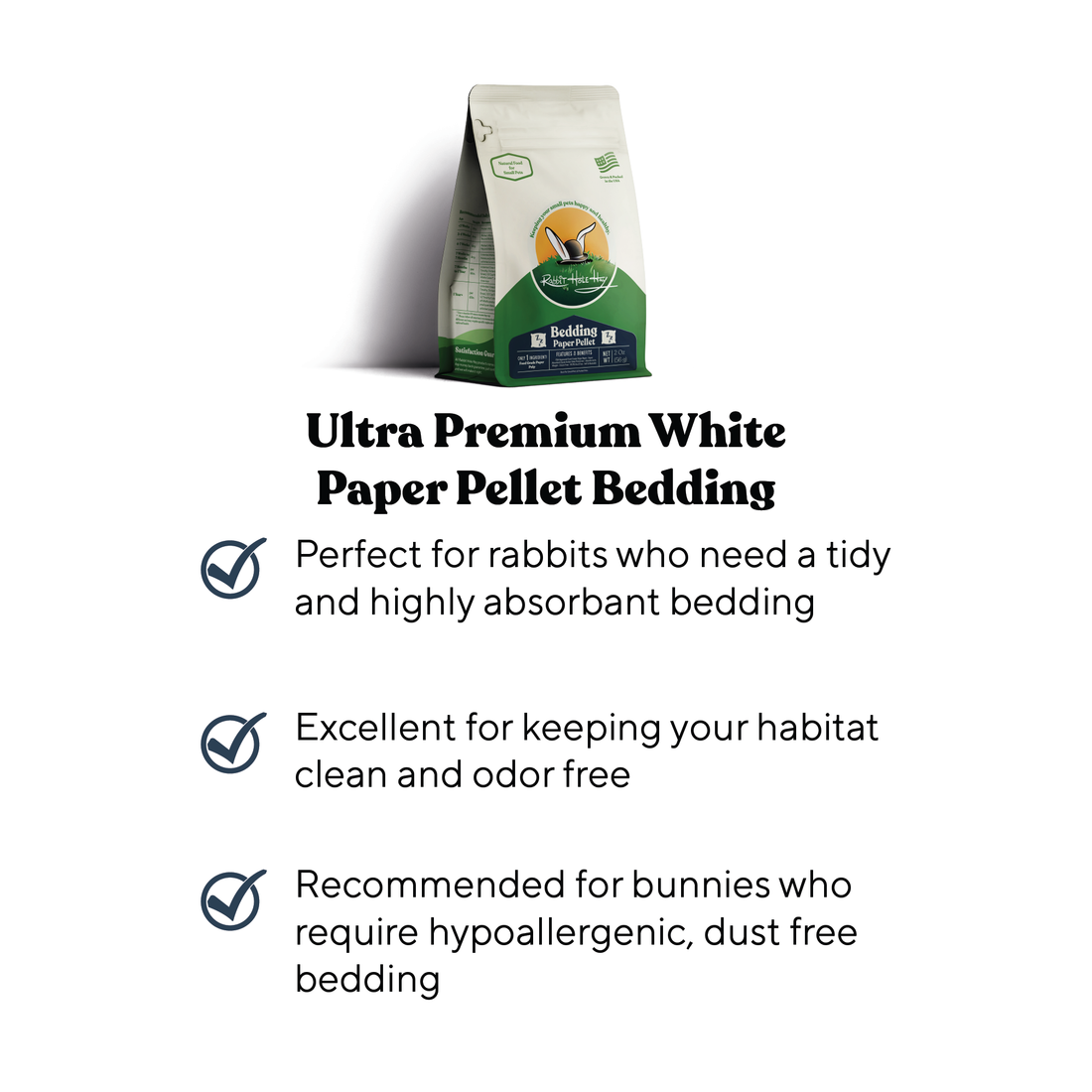
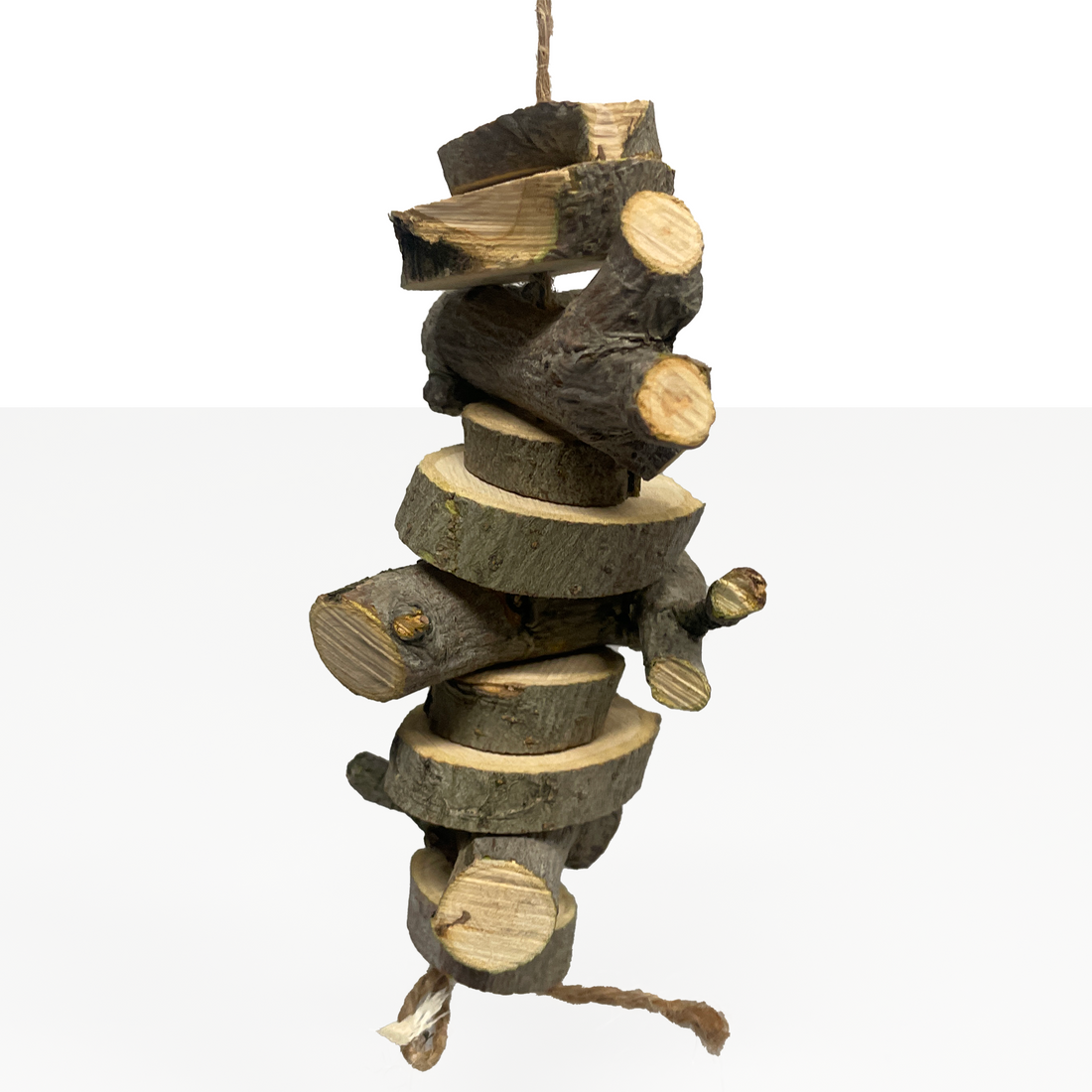
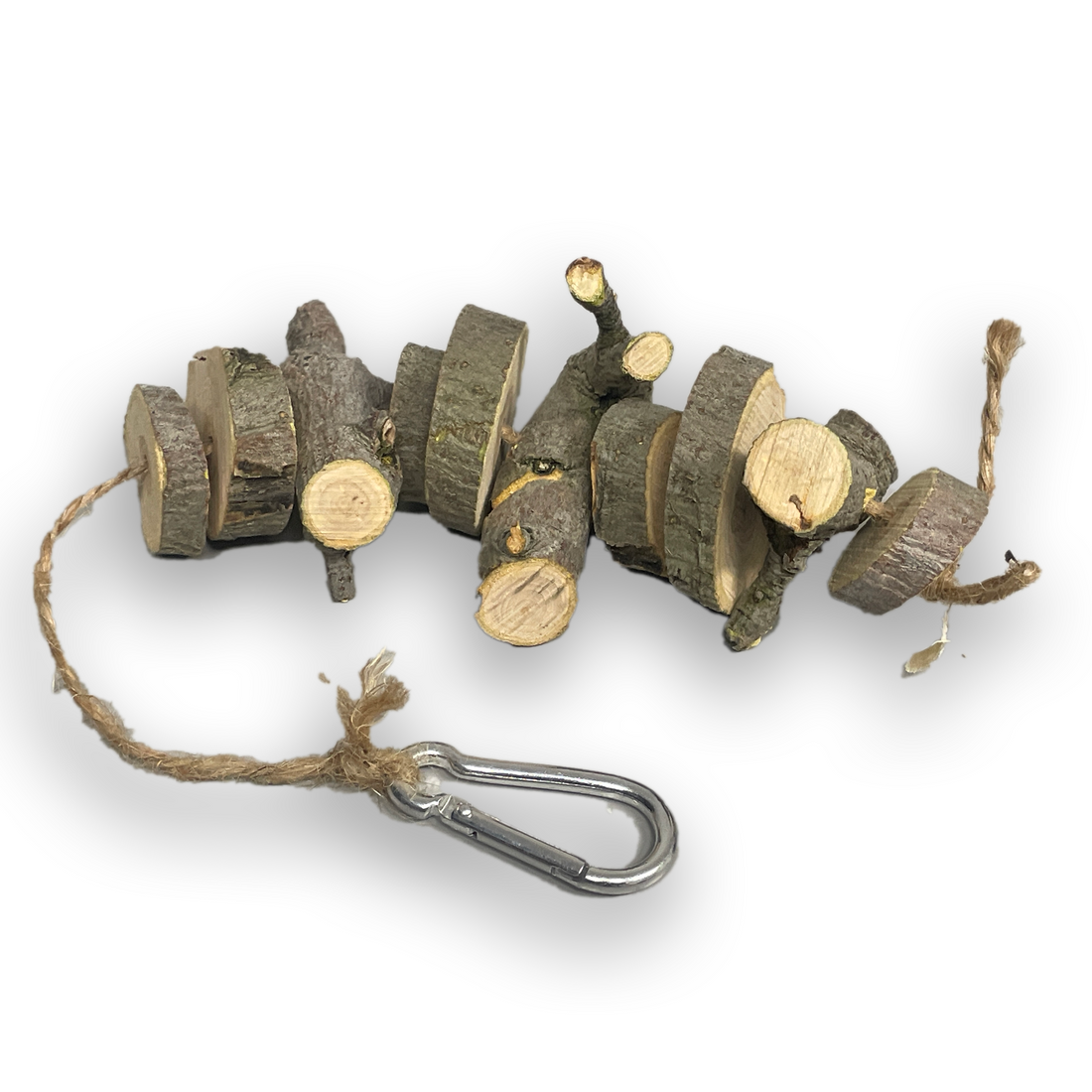


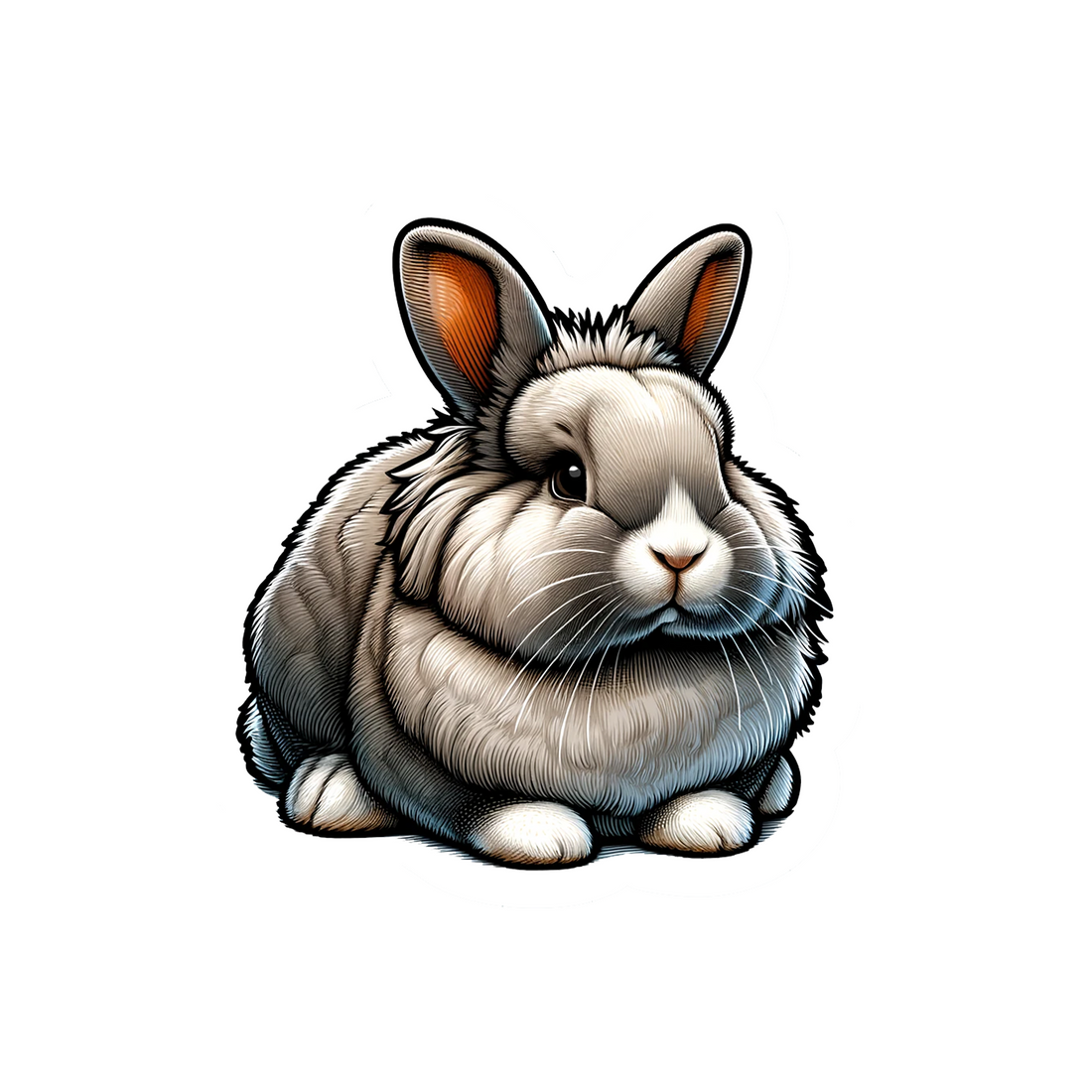
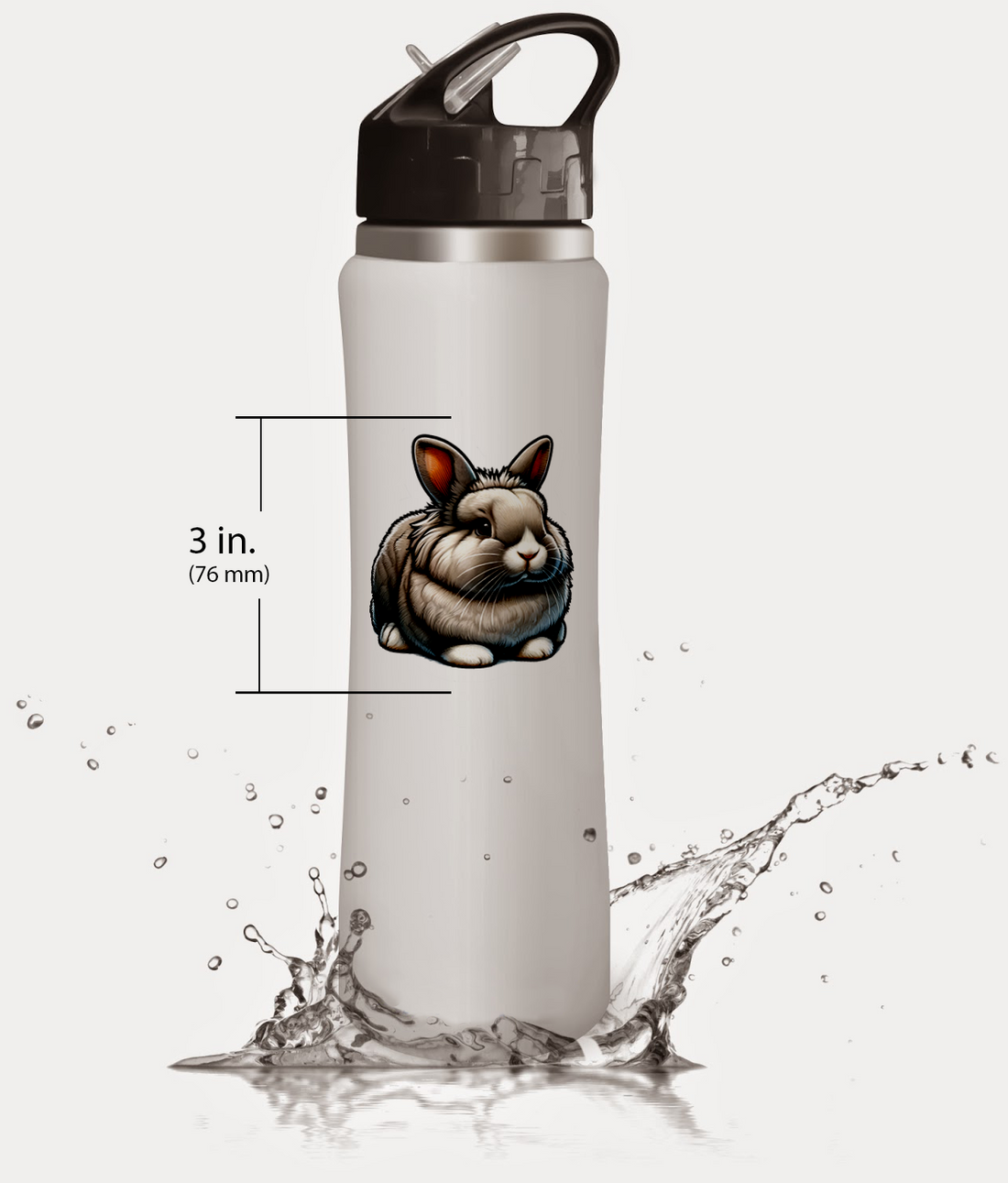

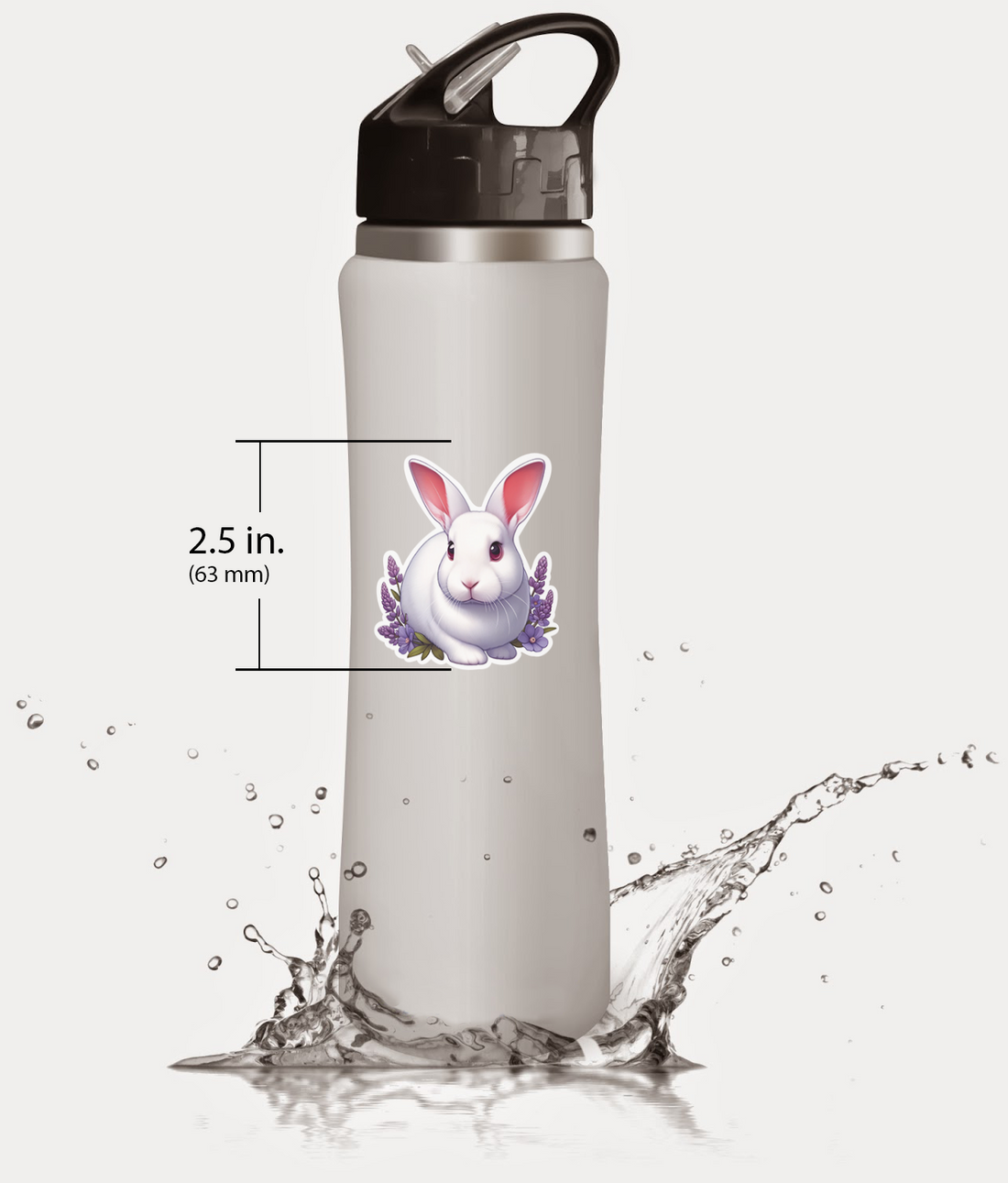
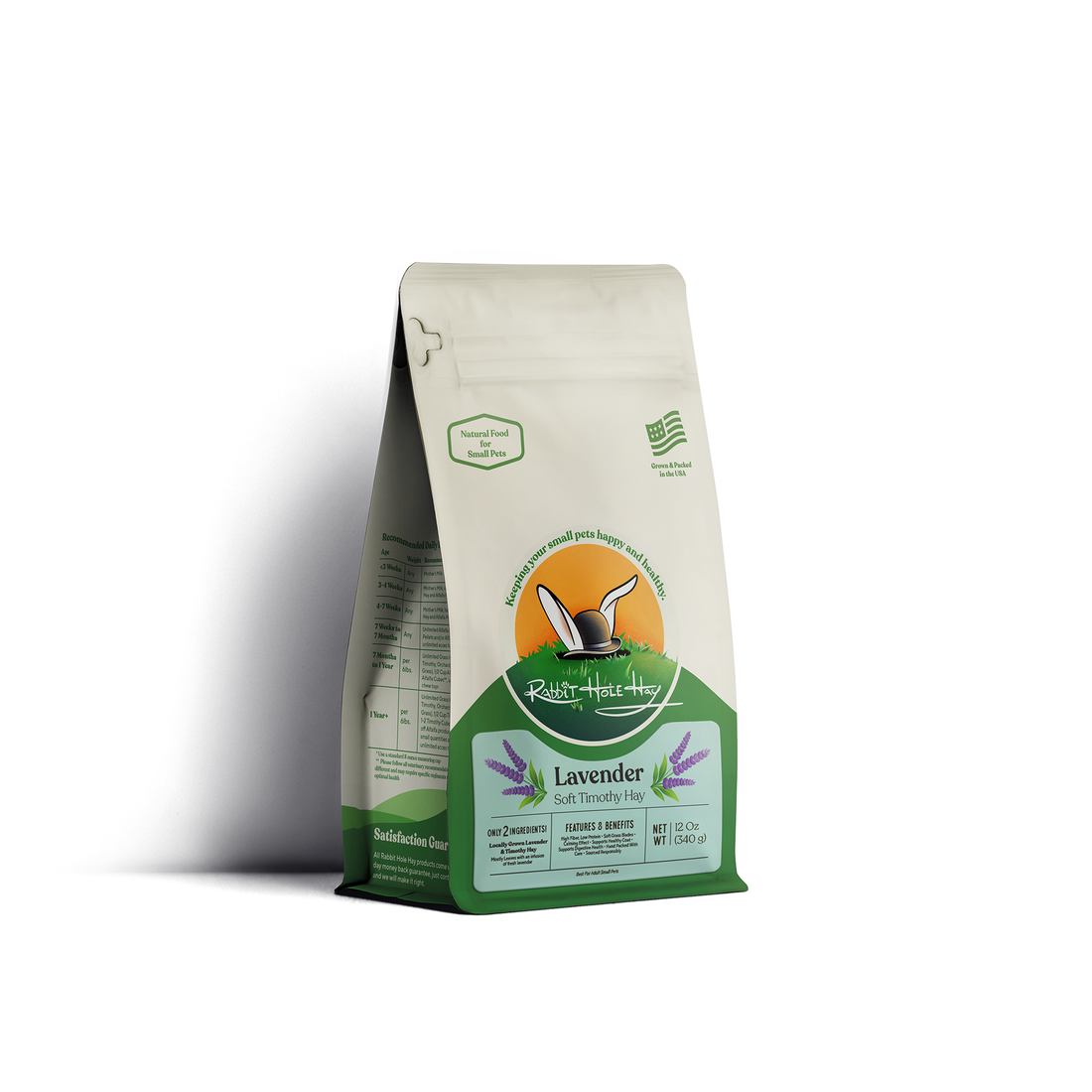
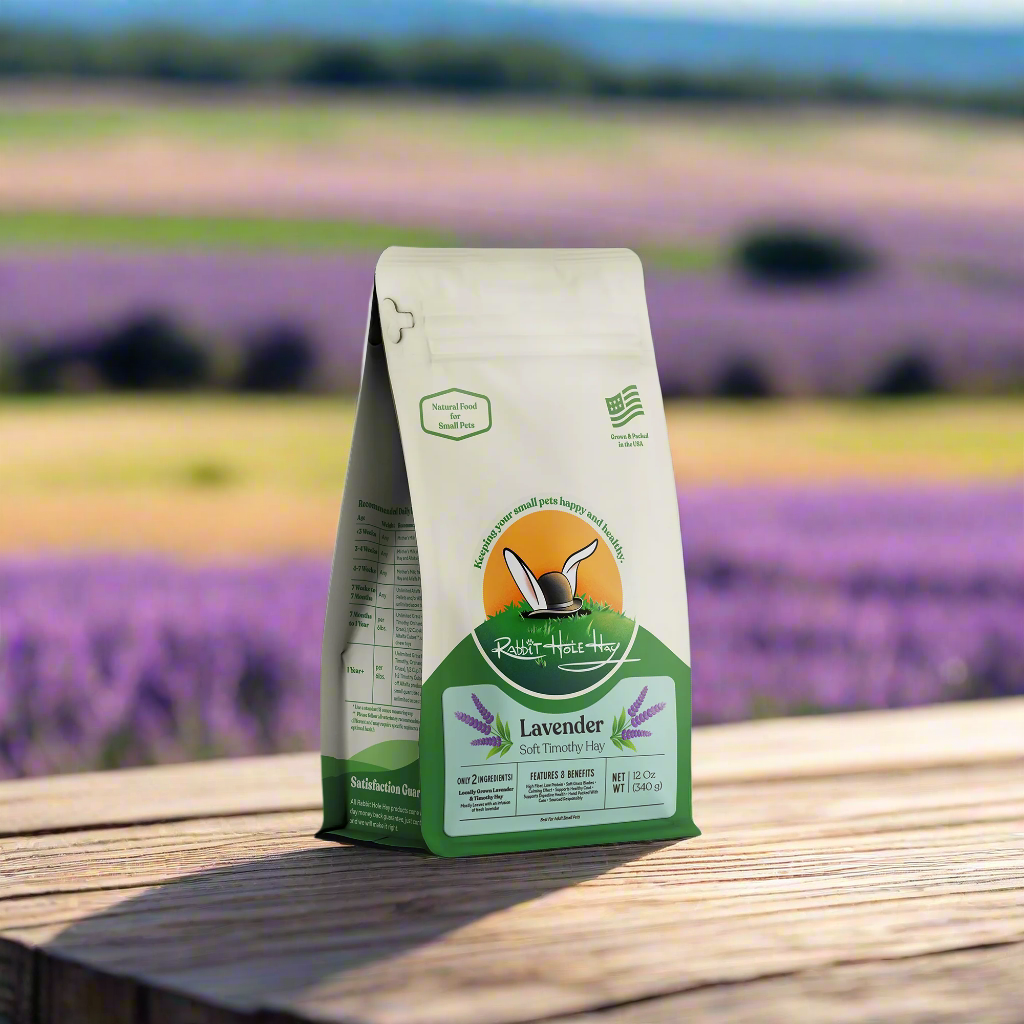



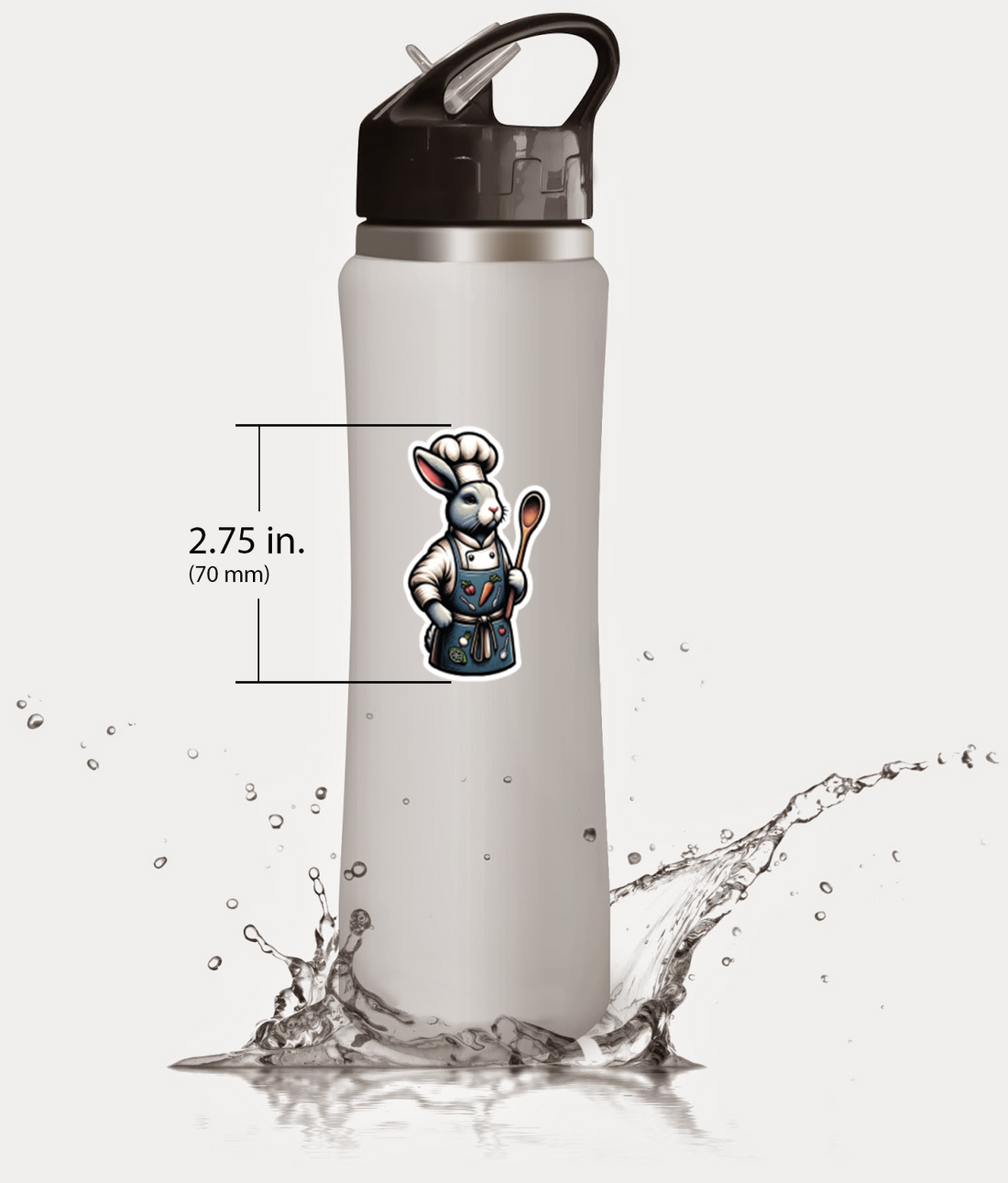






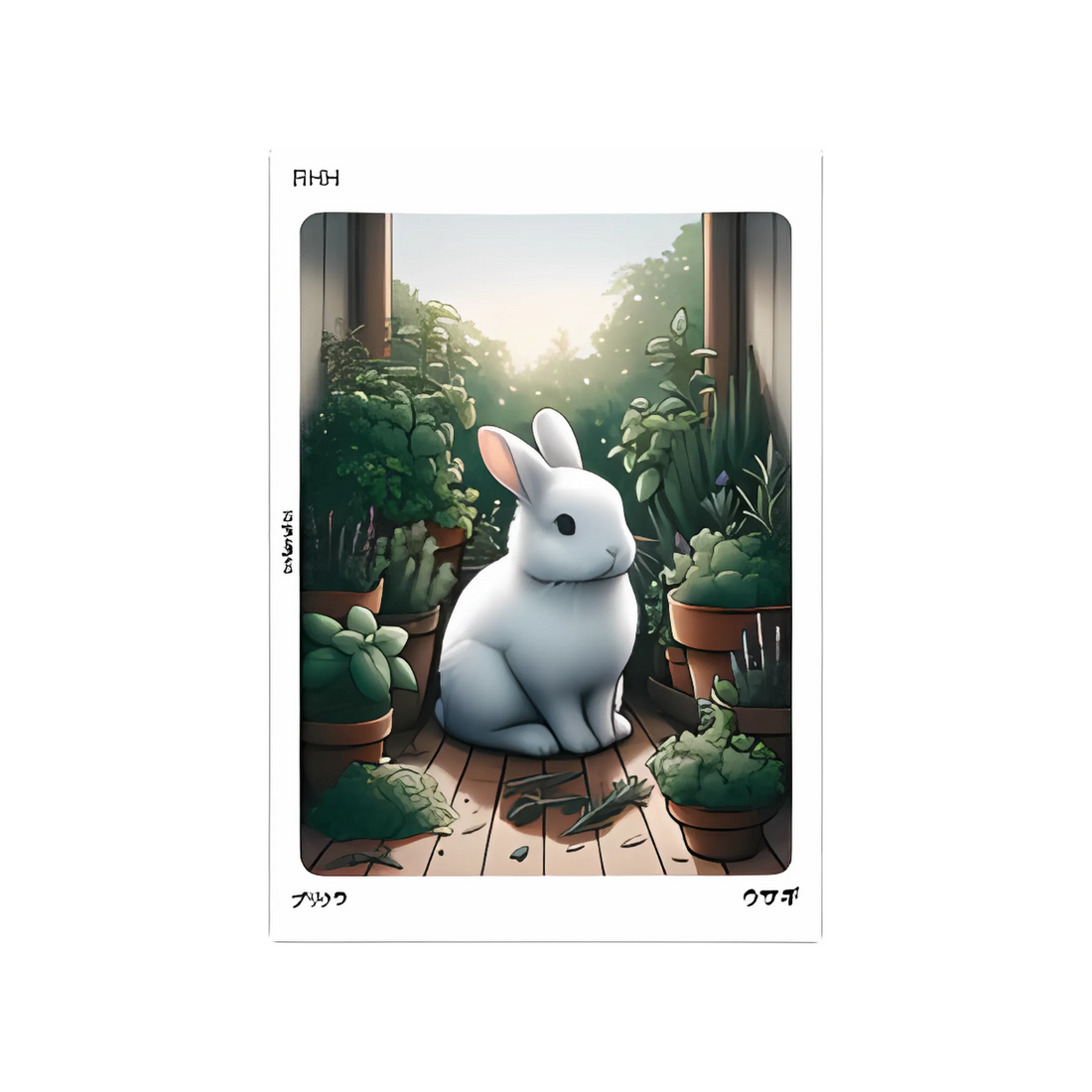


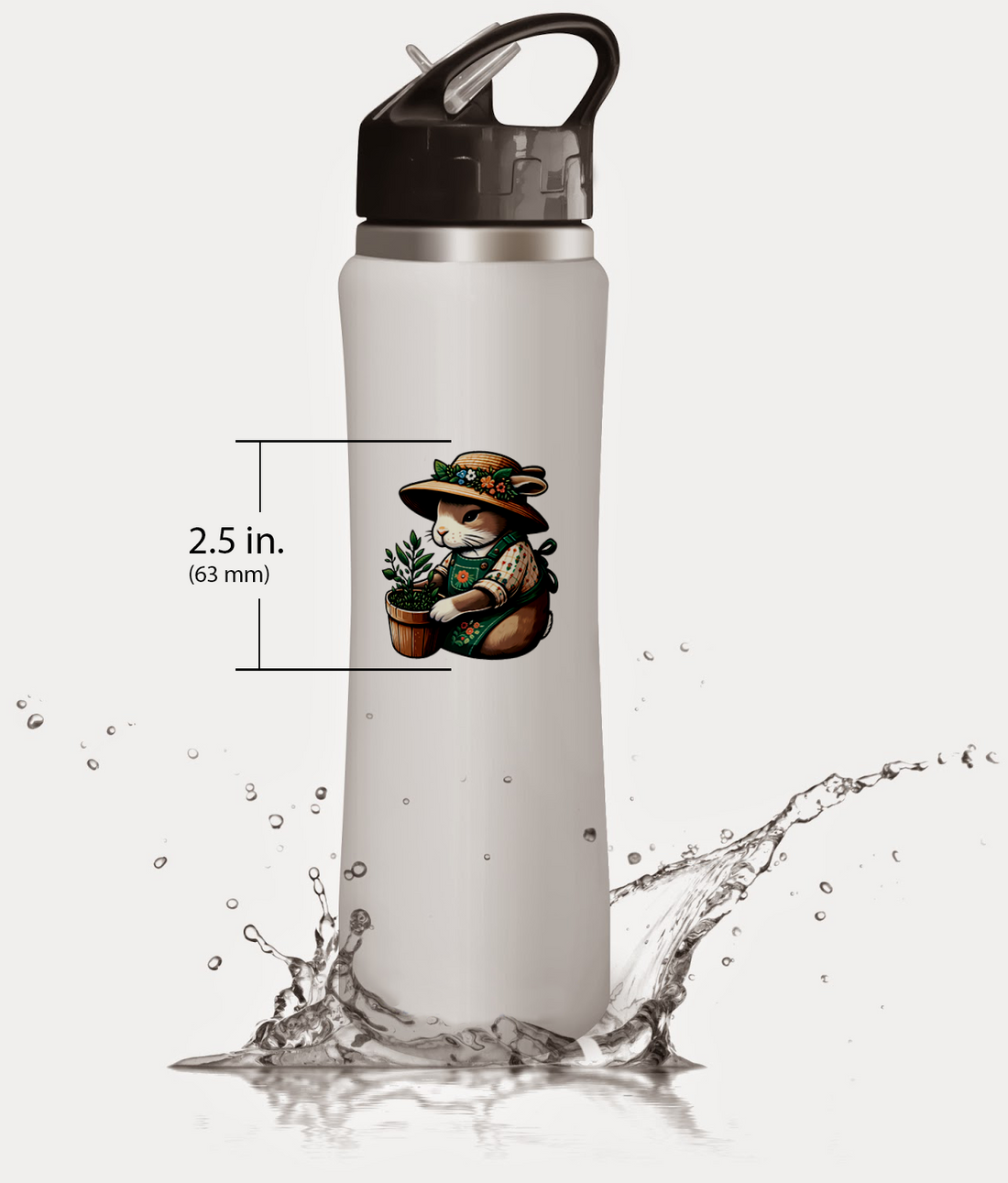







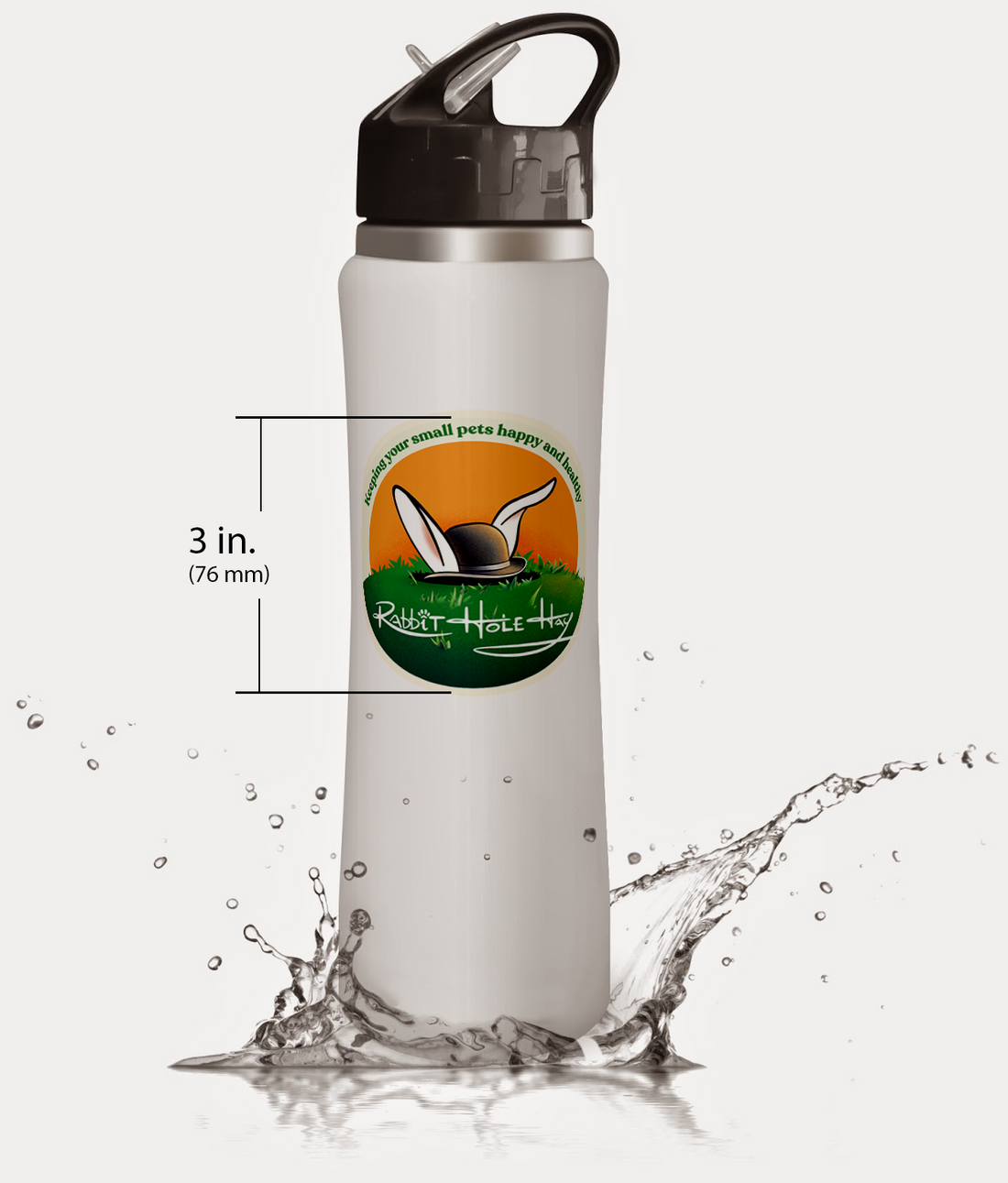









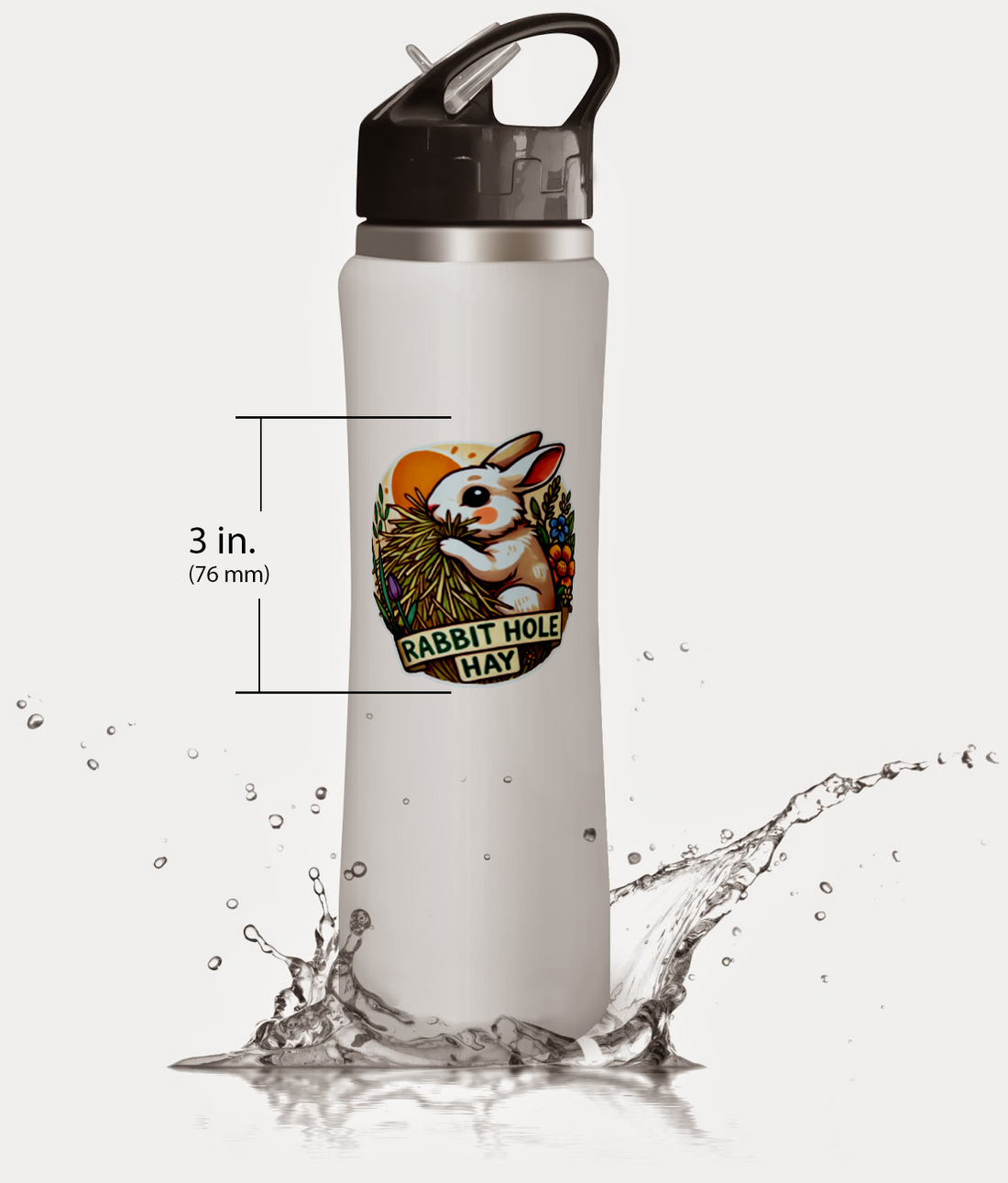

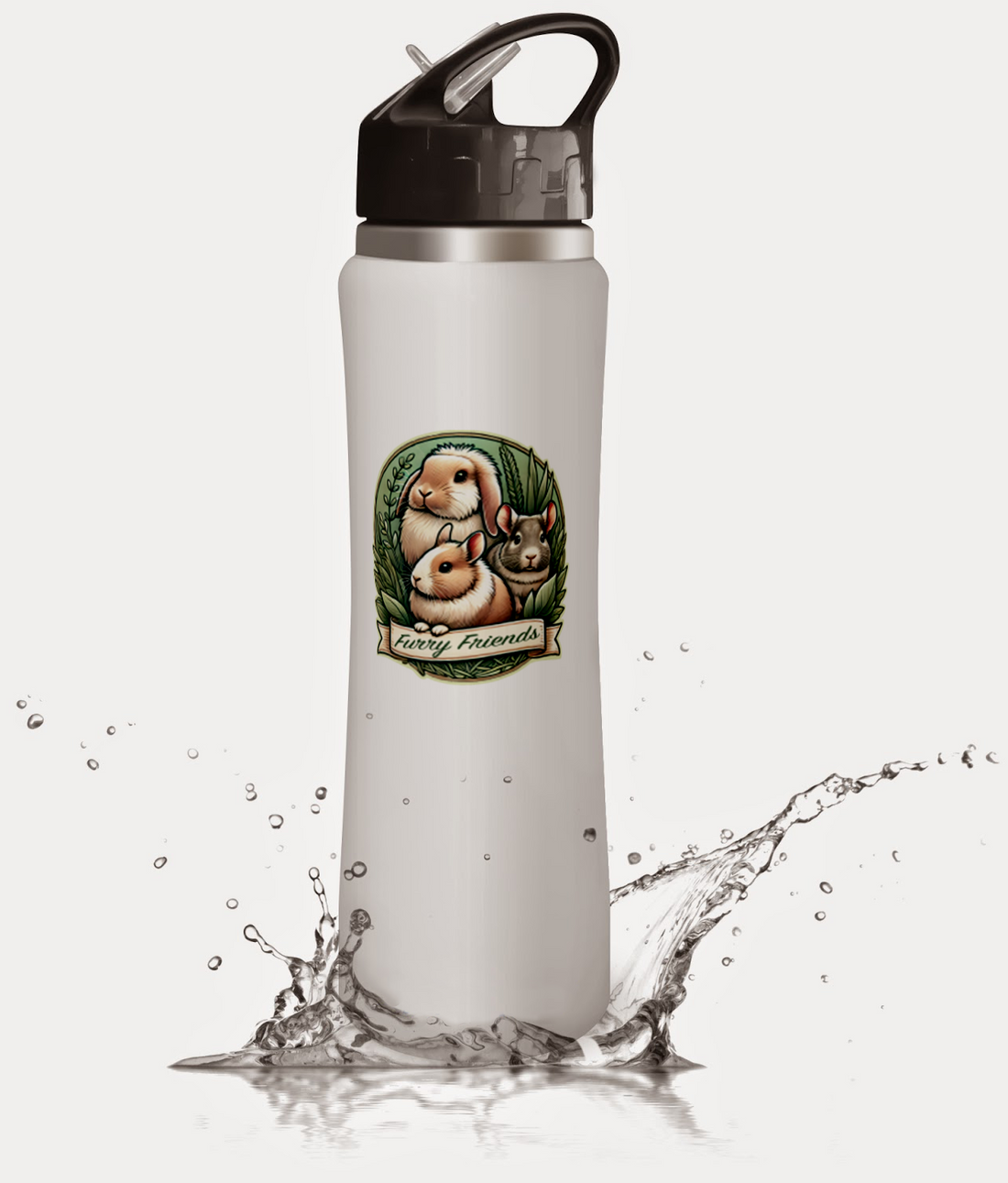

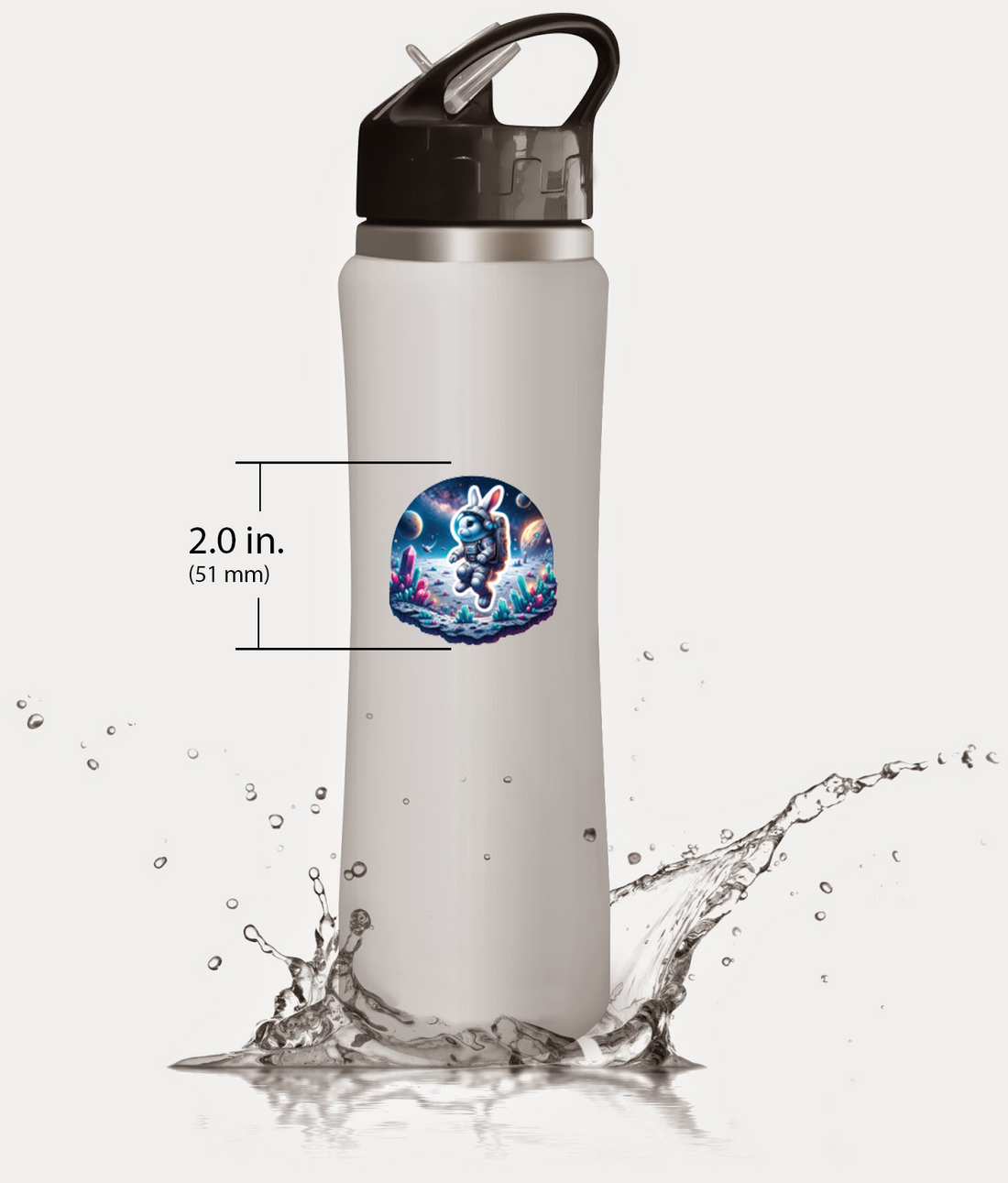



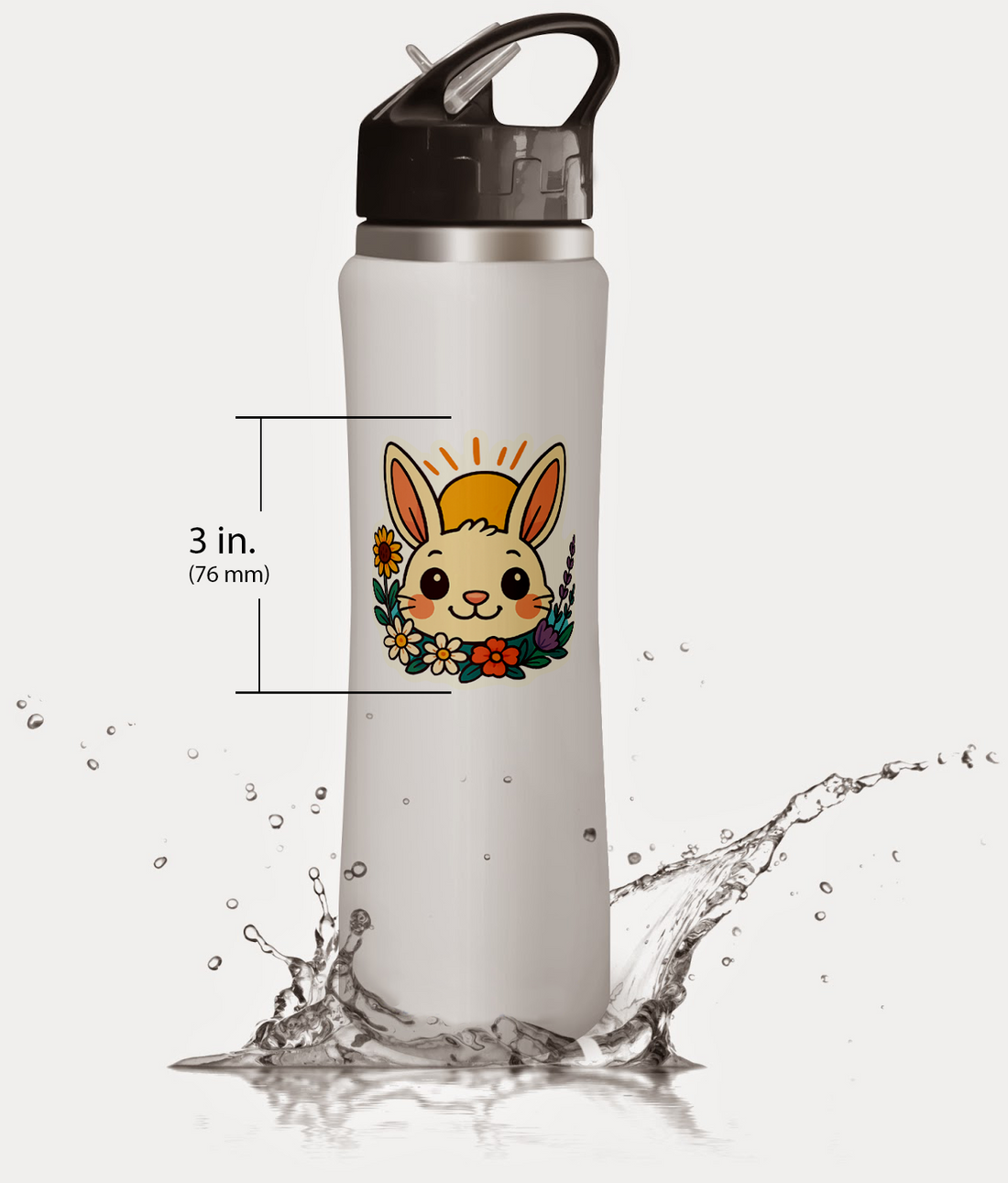







Comments